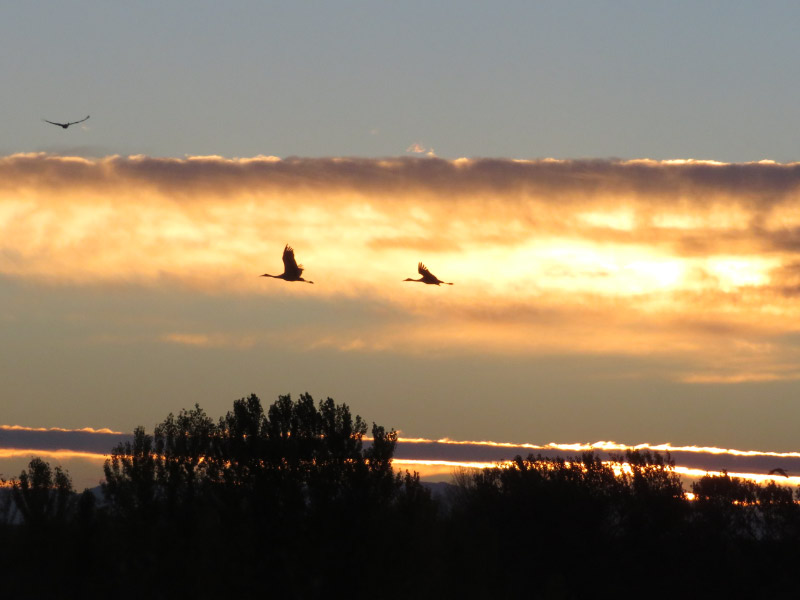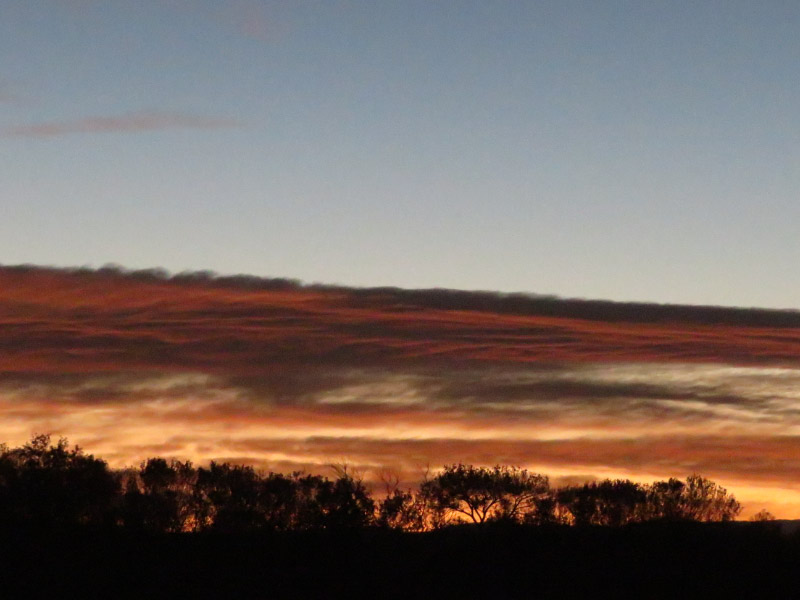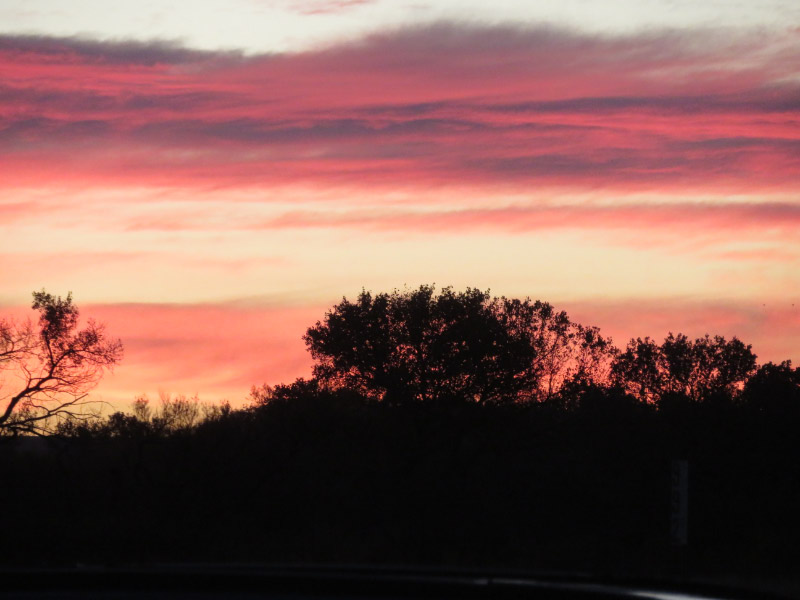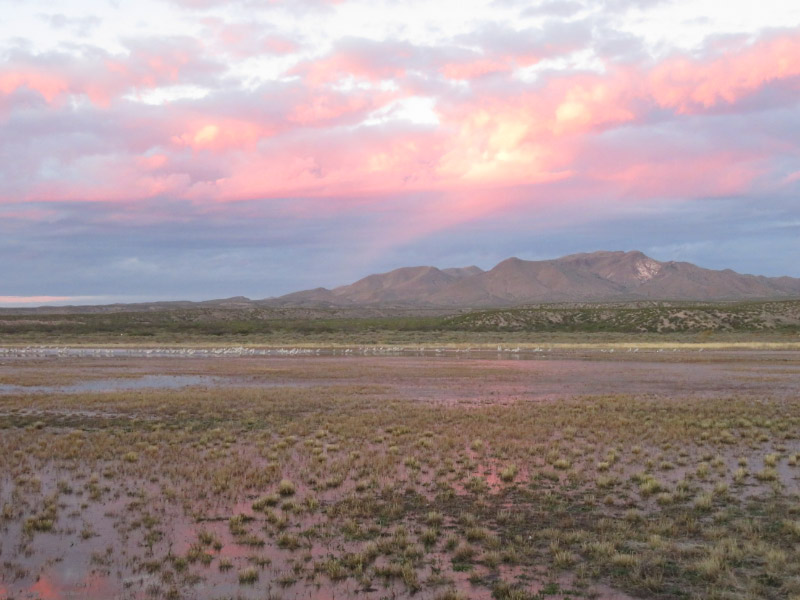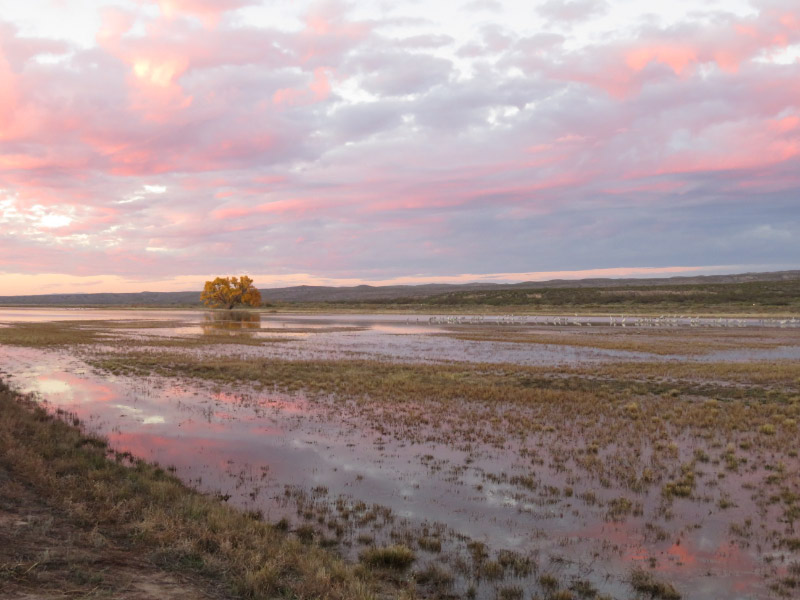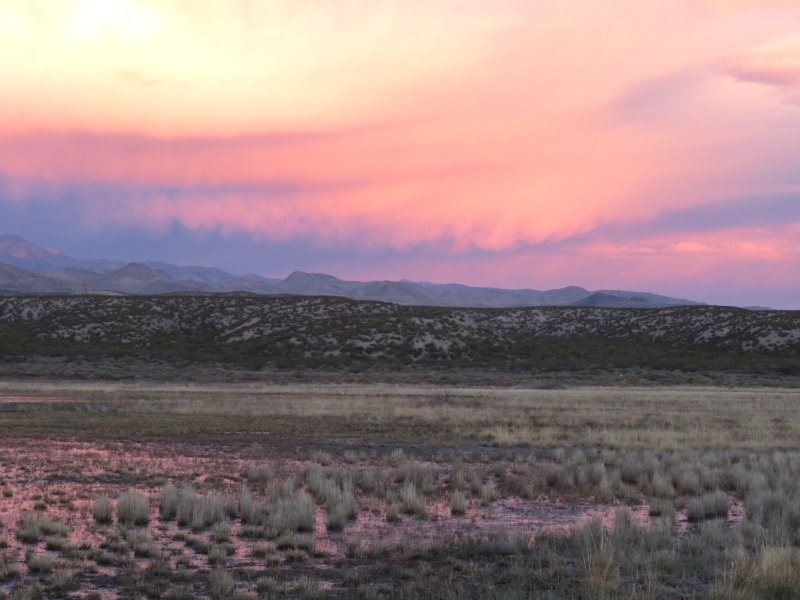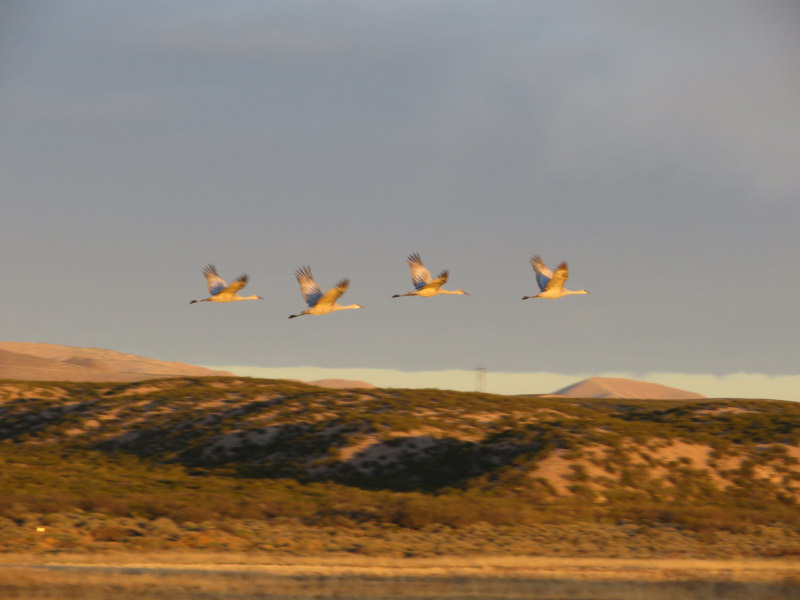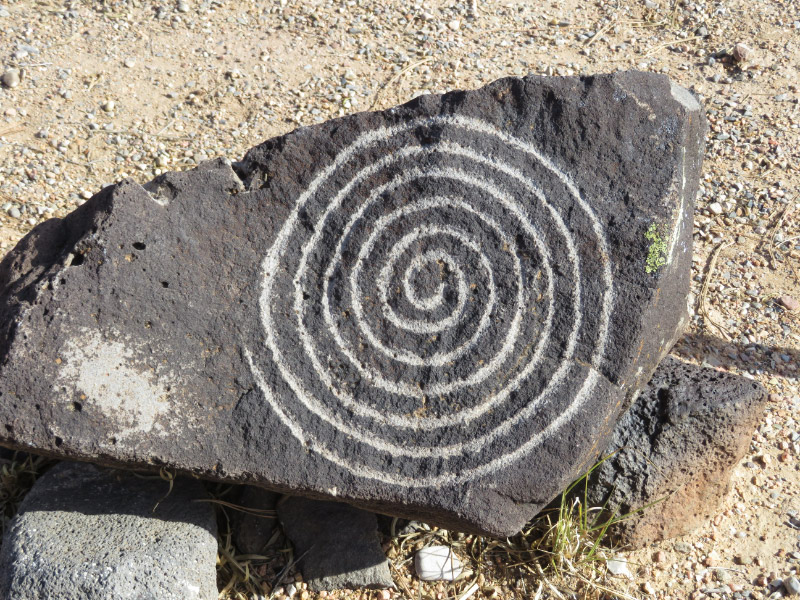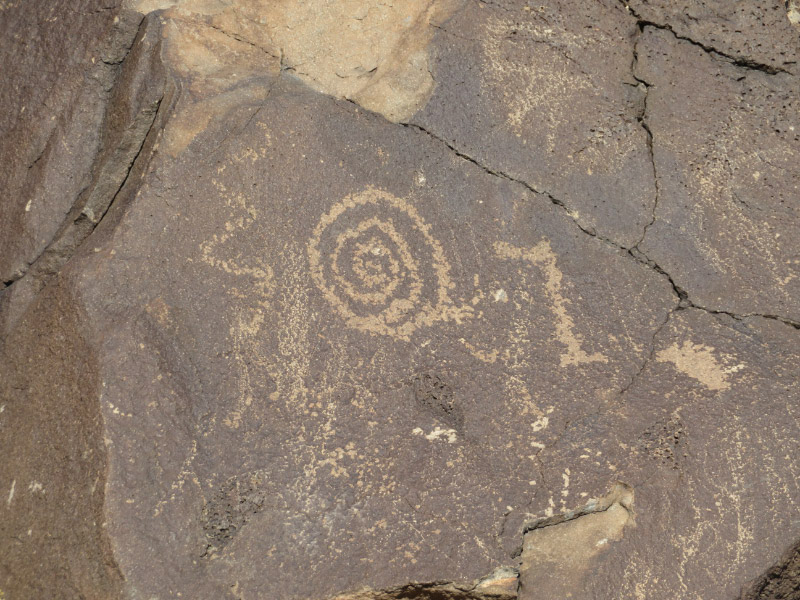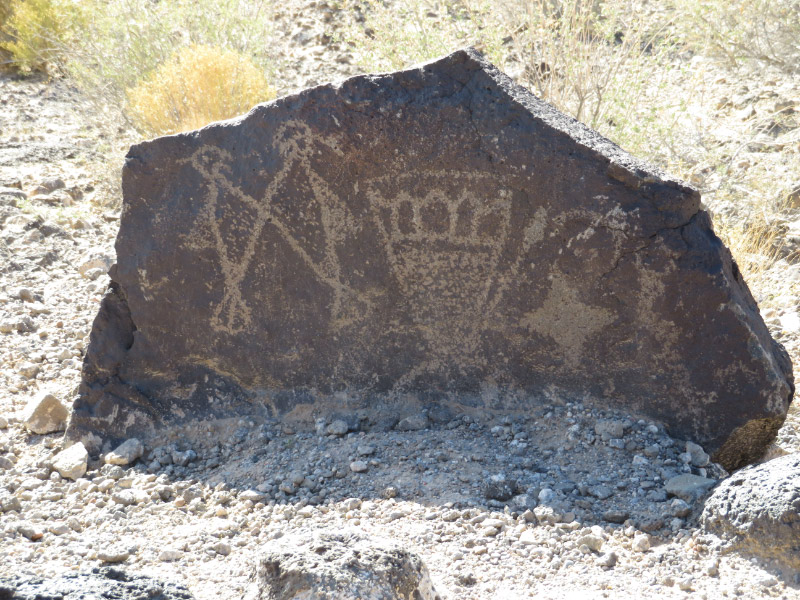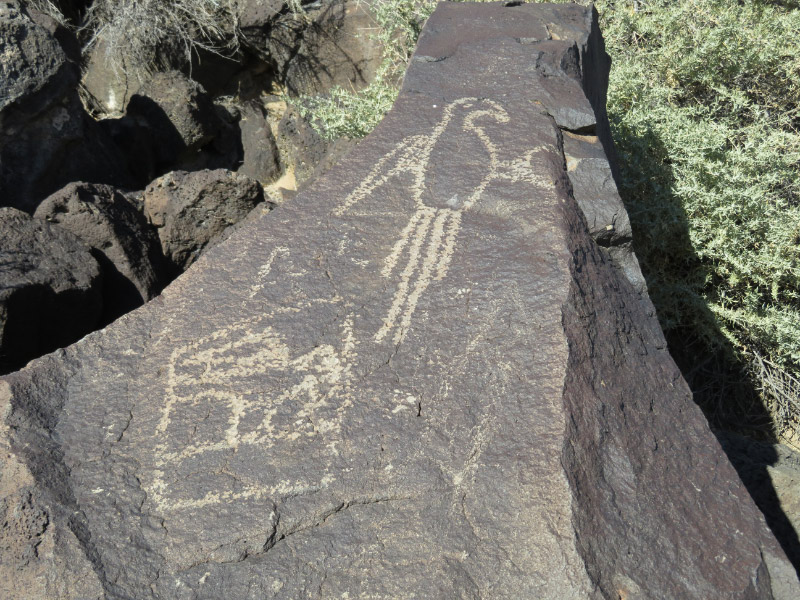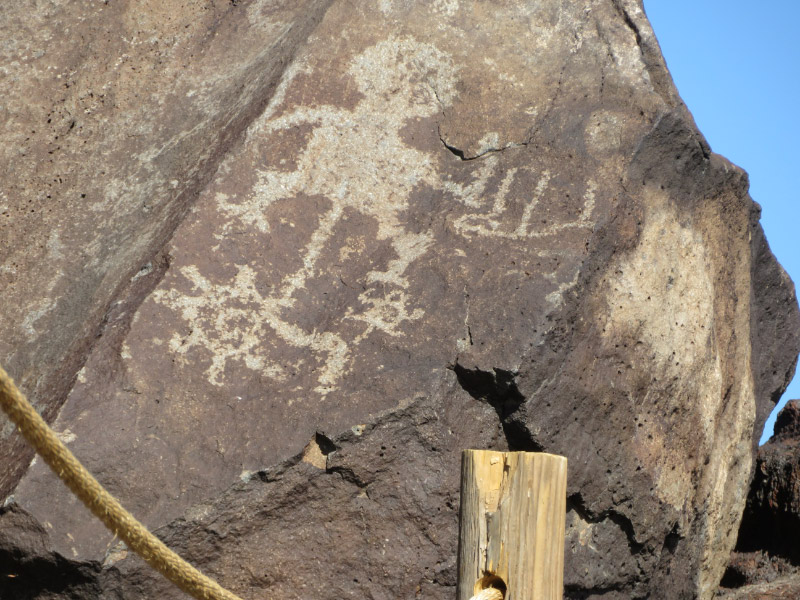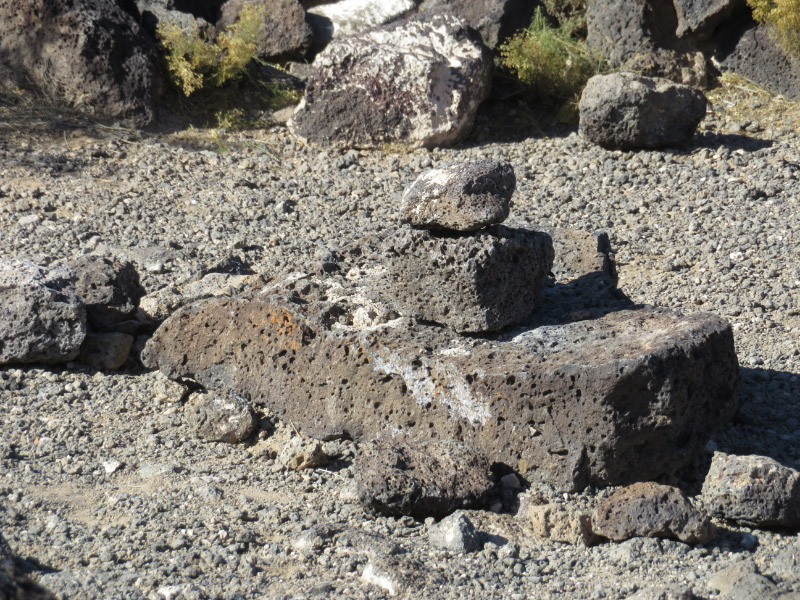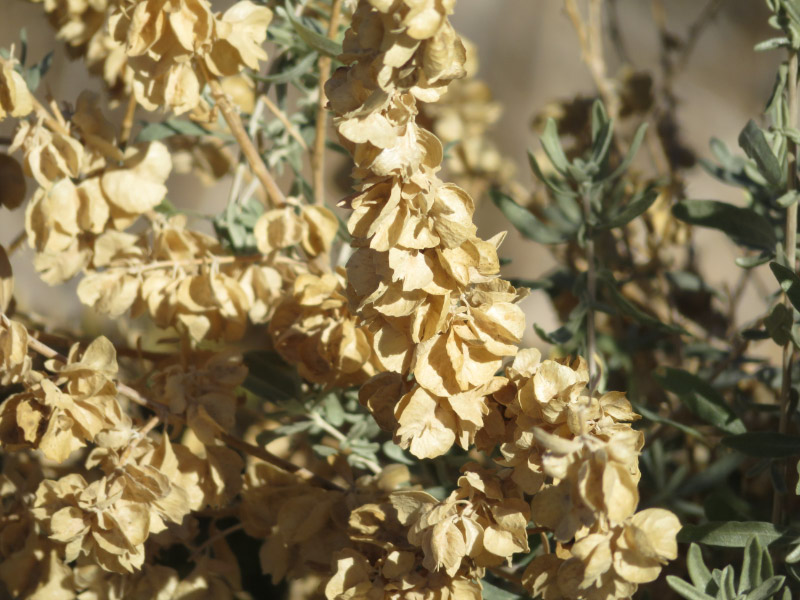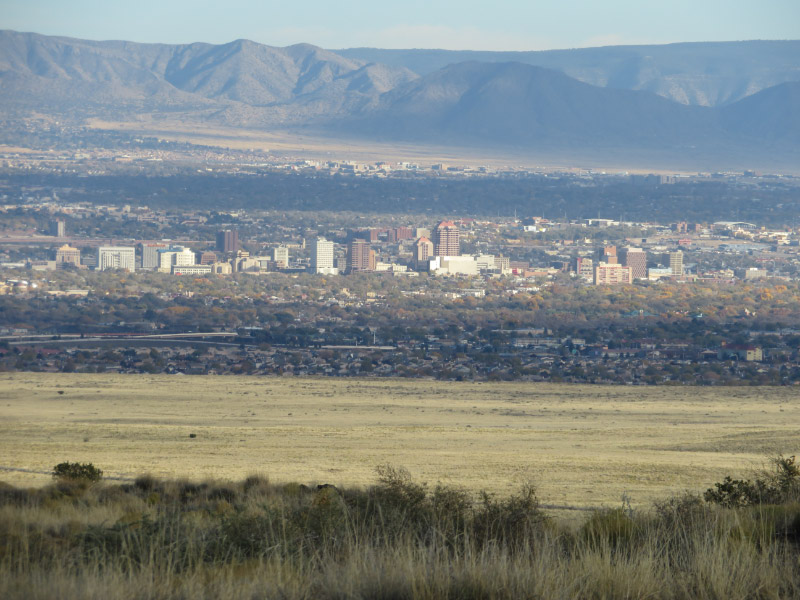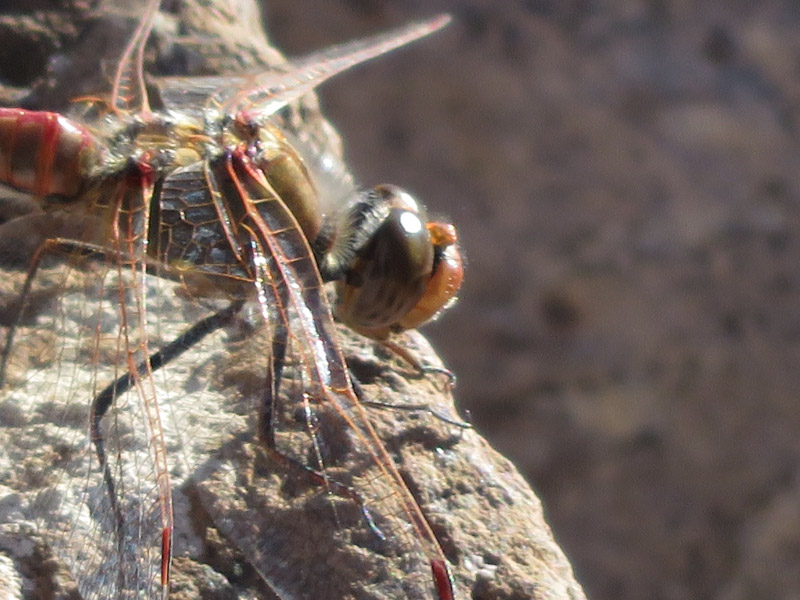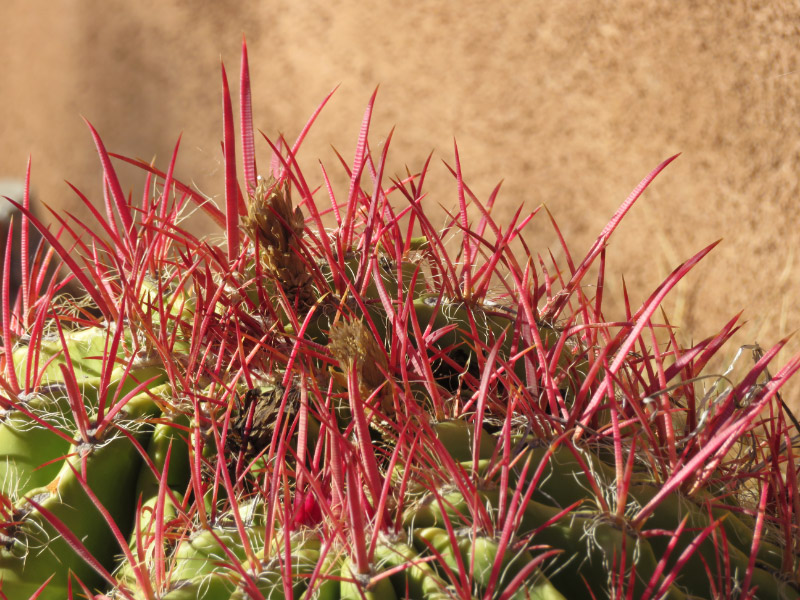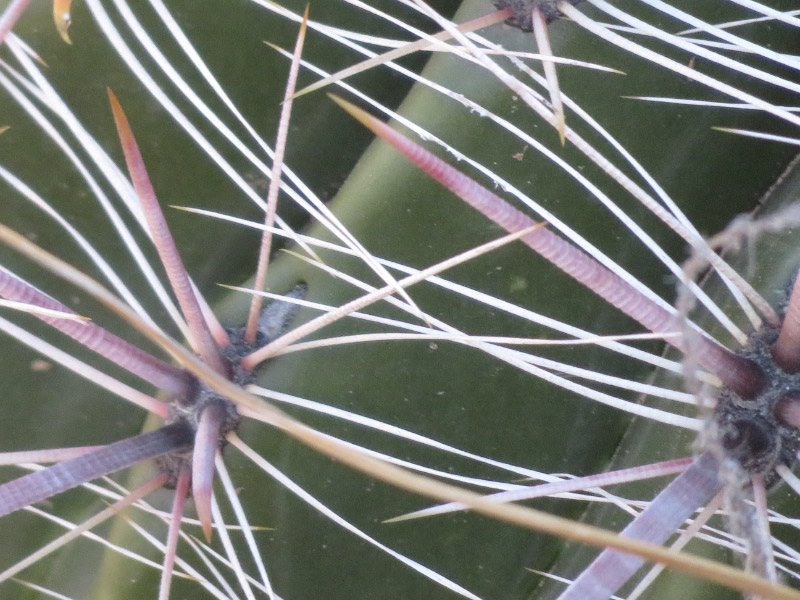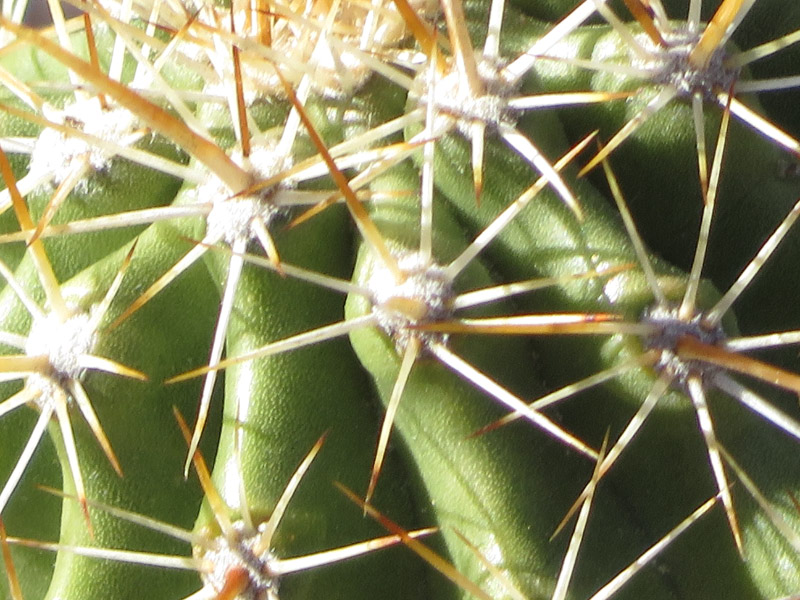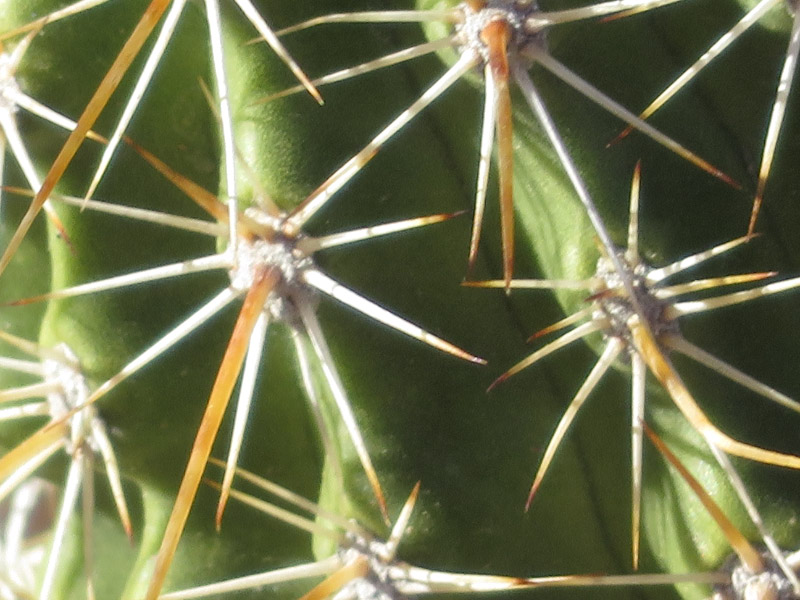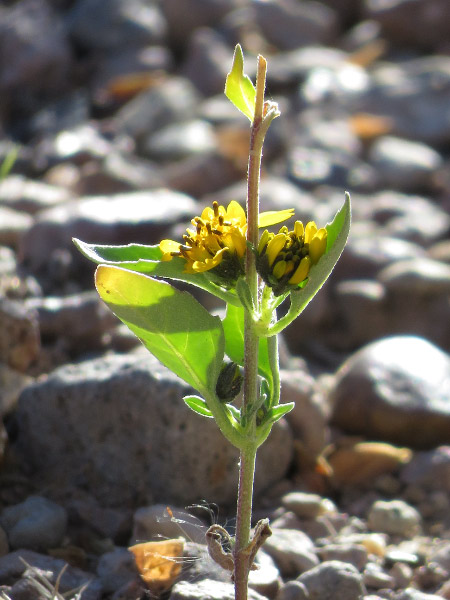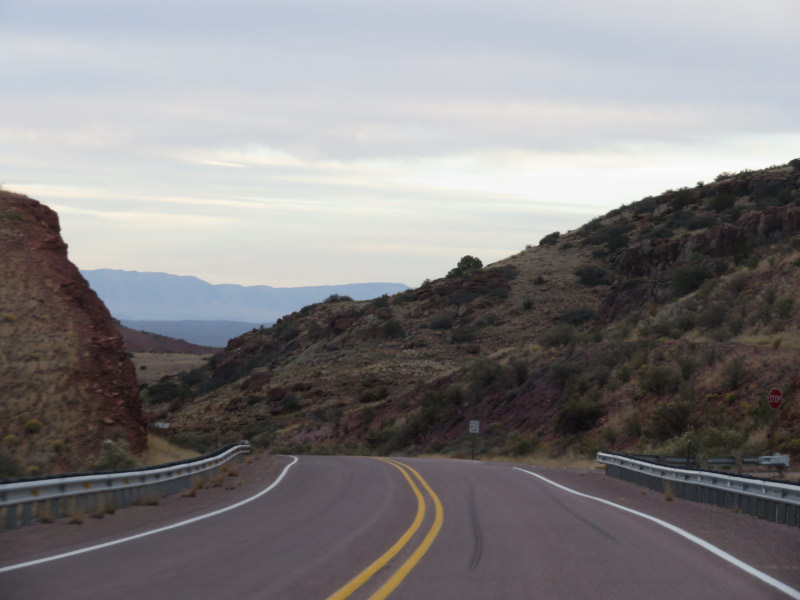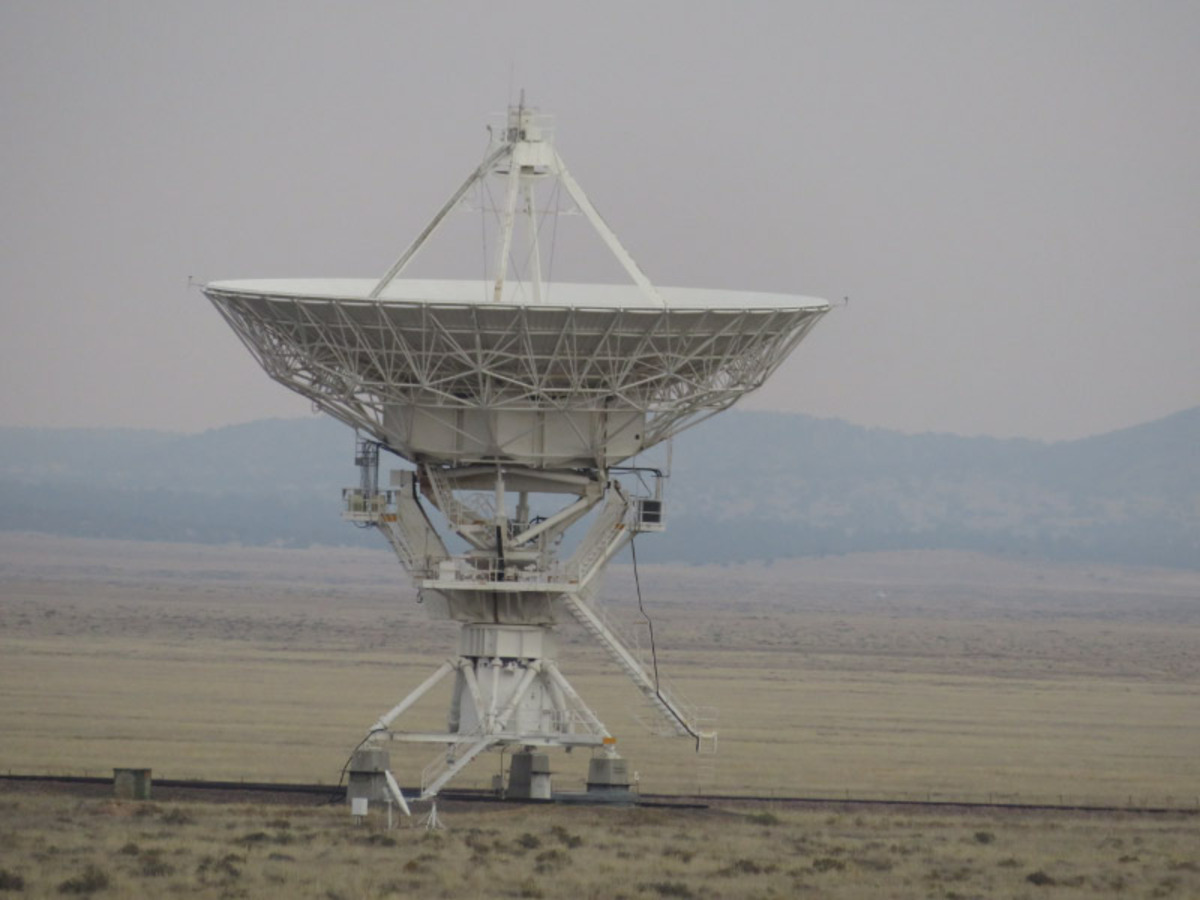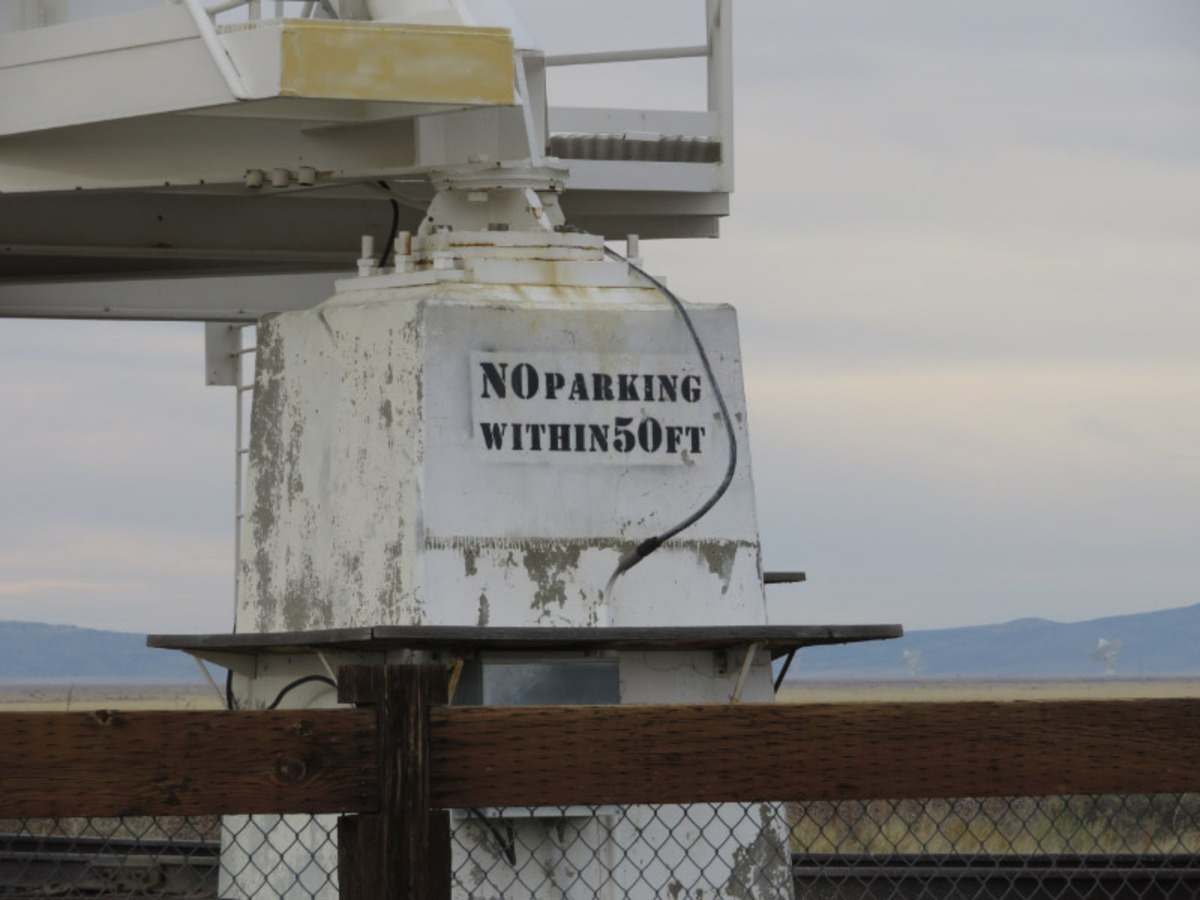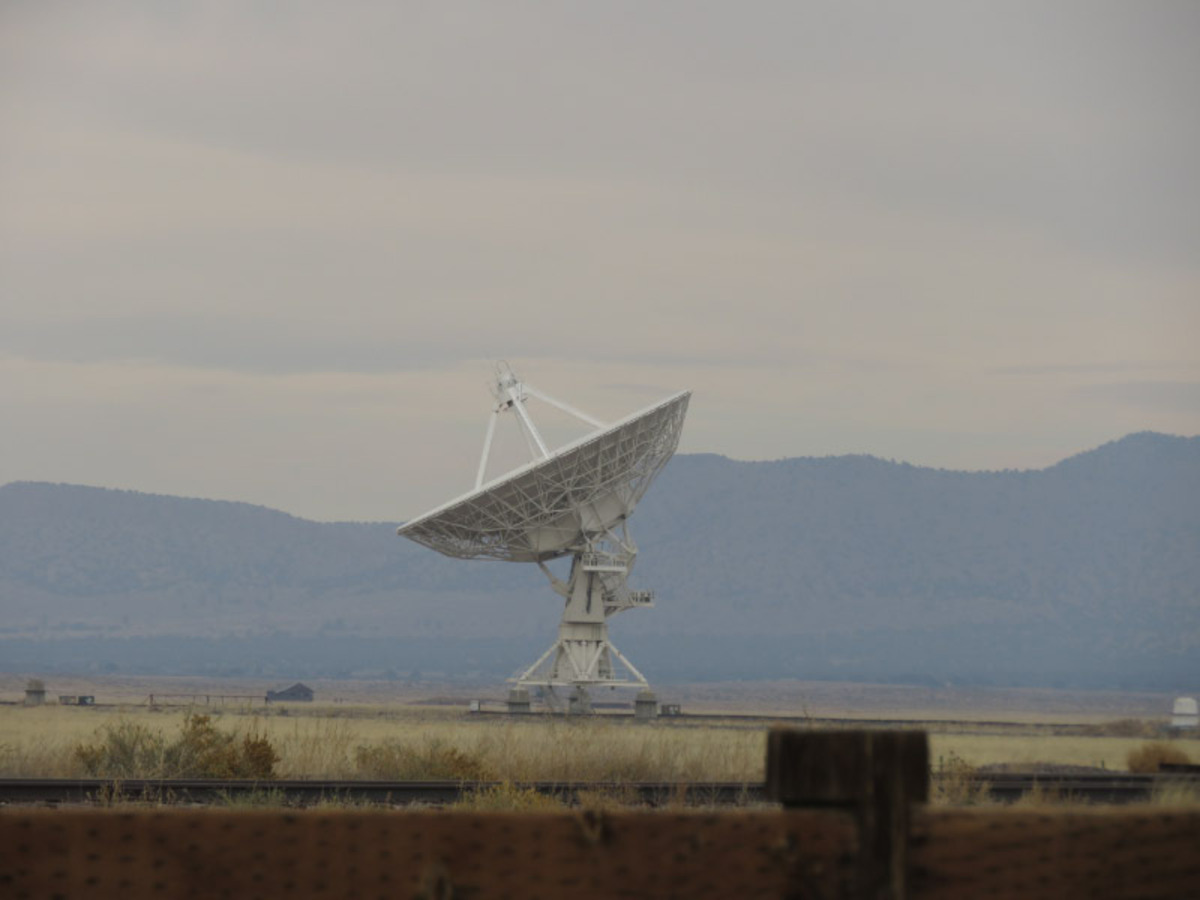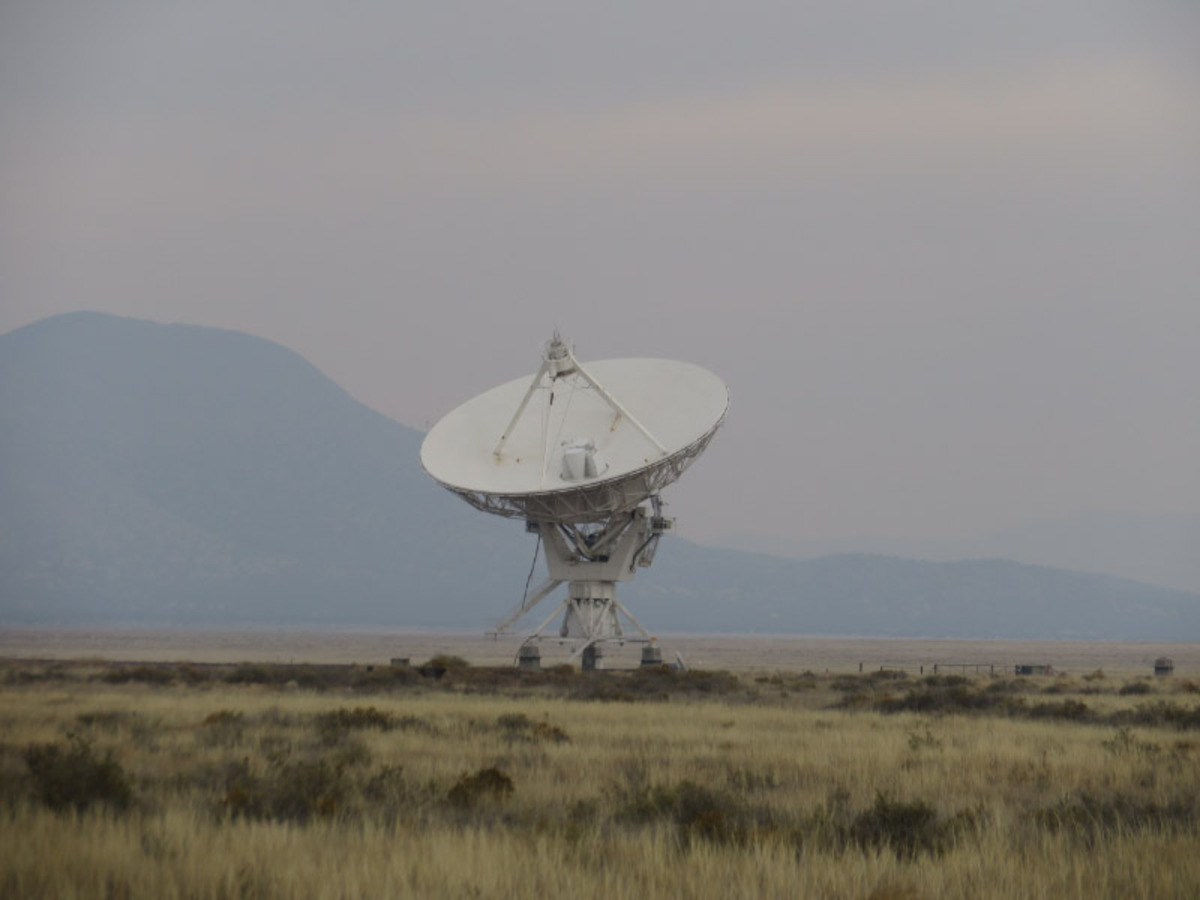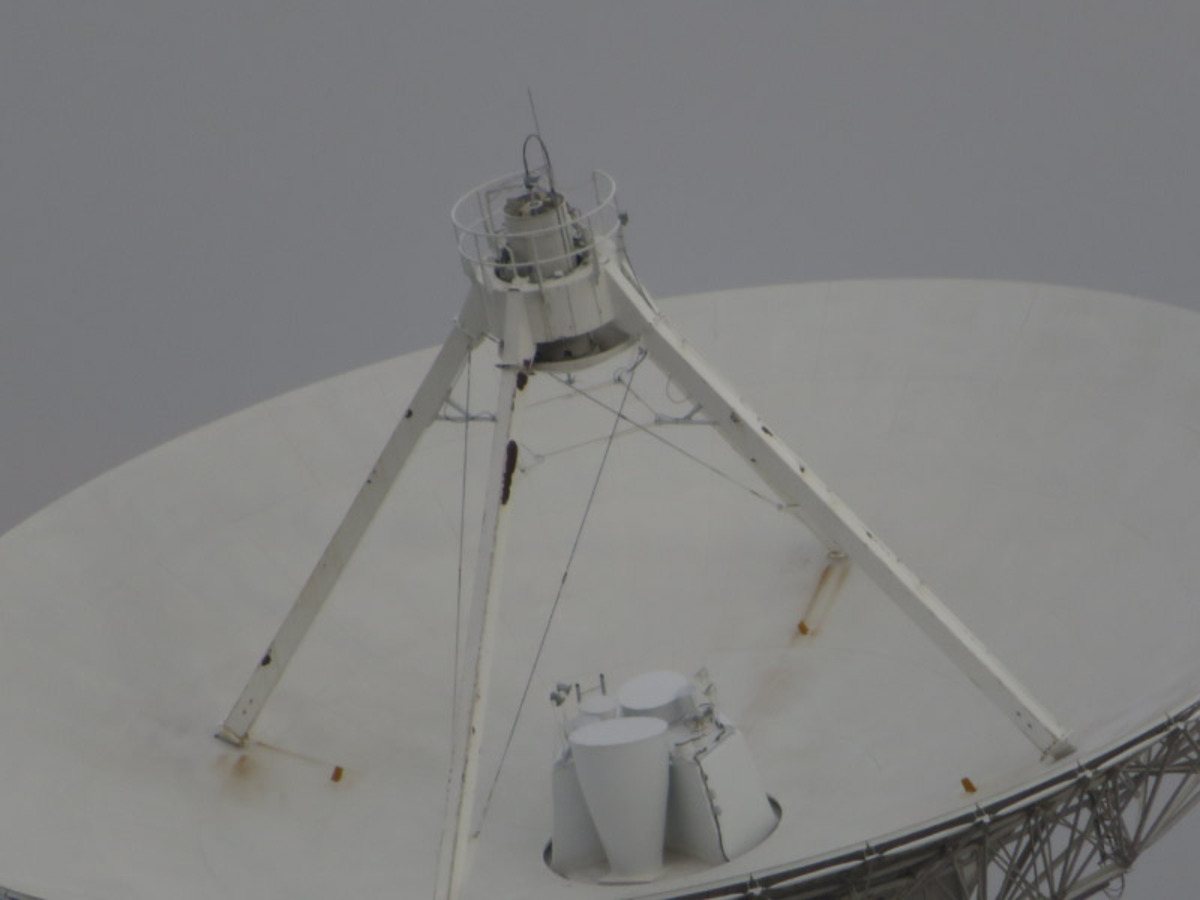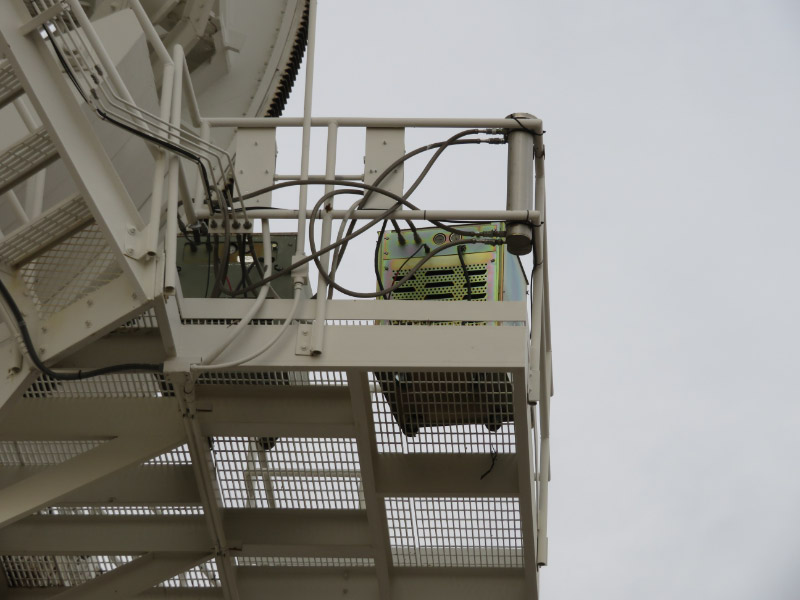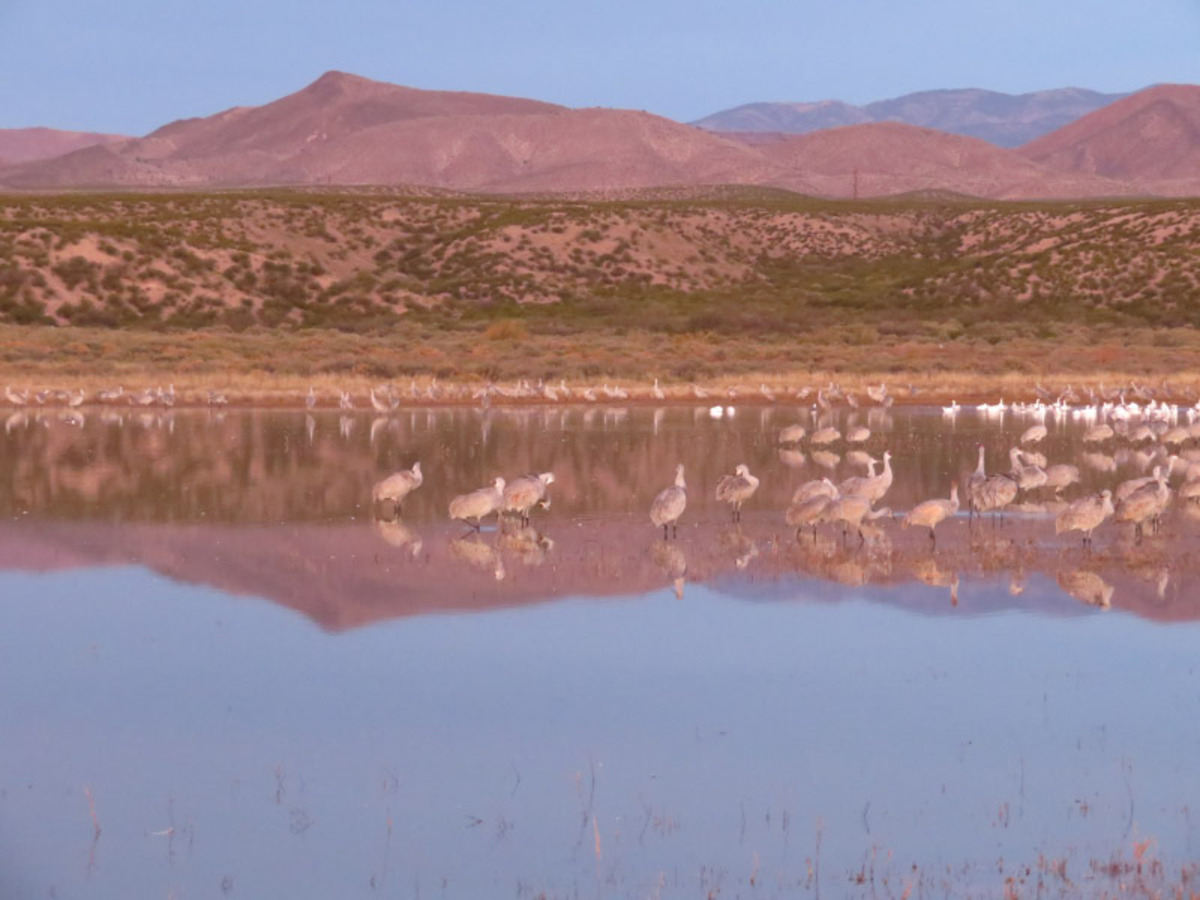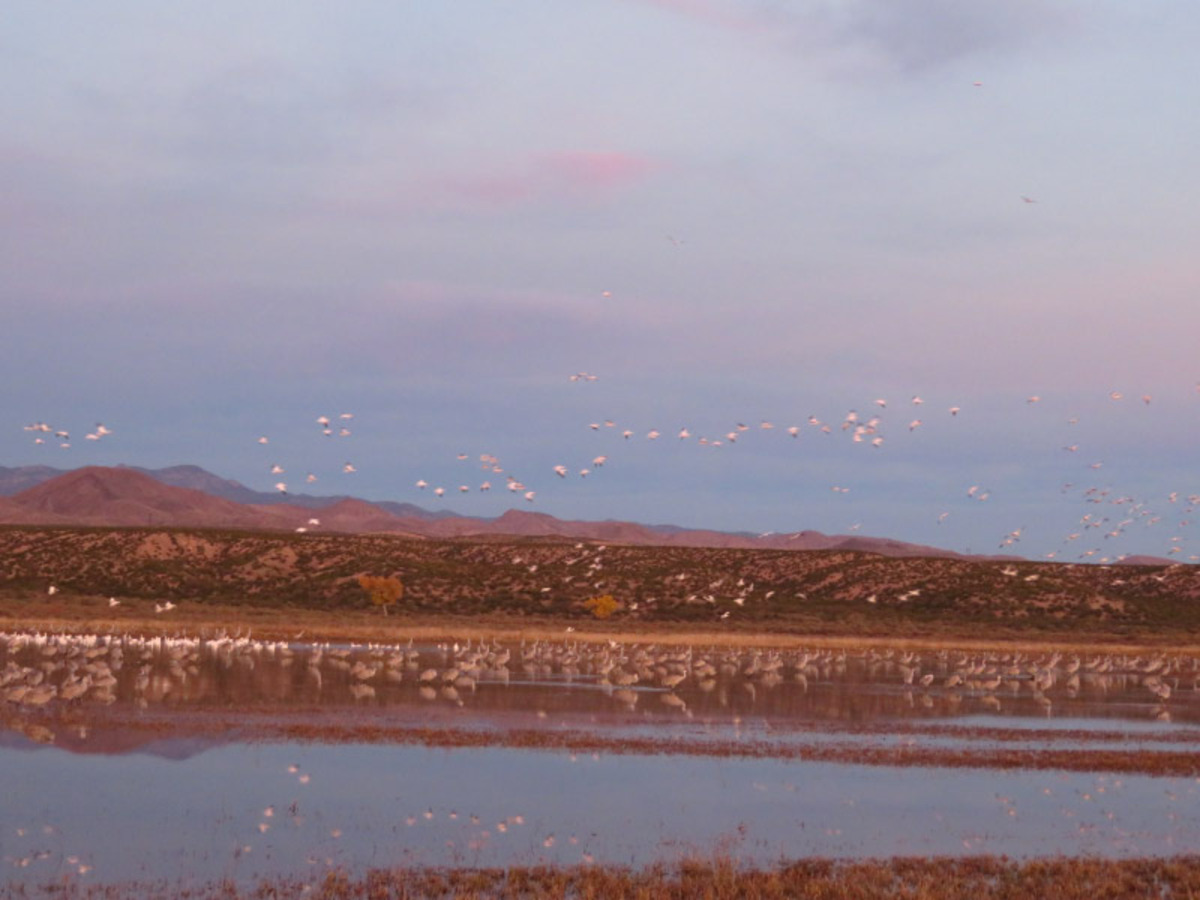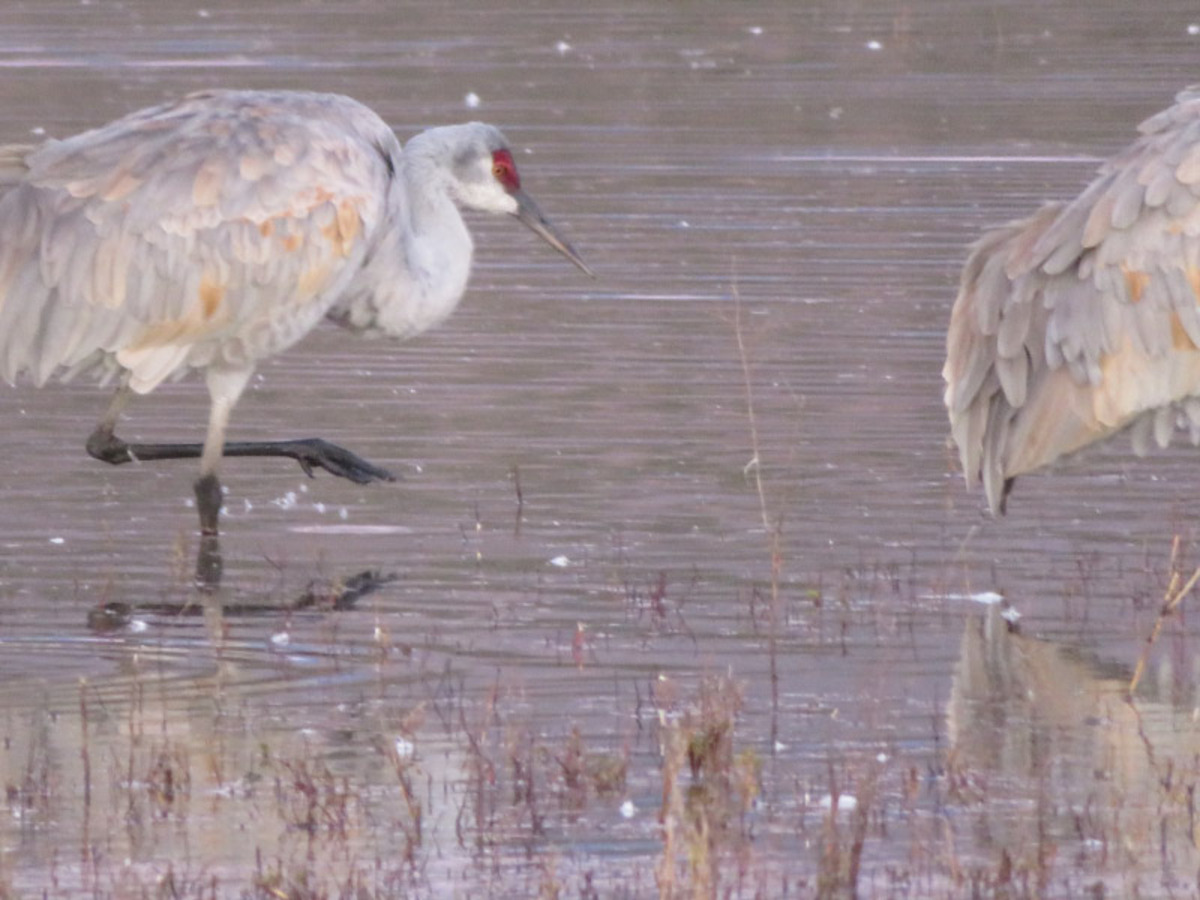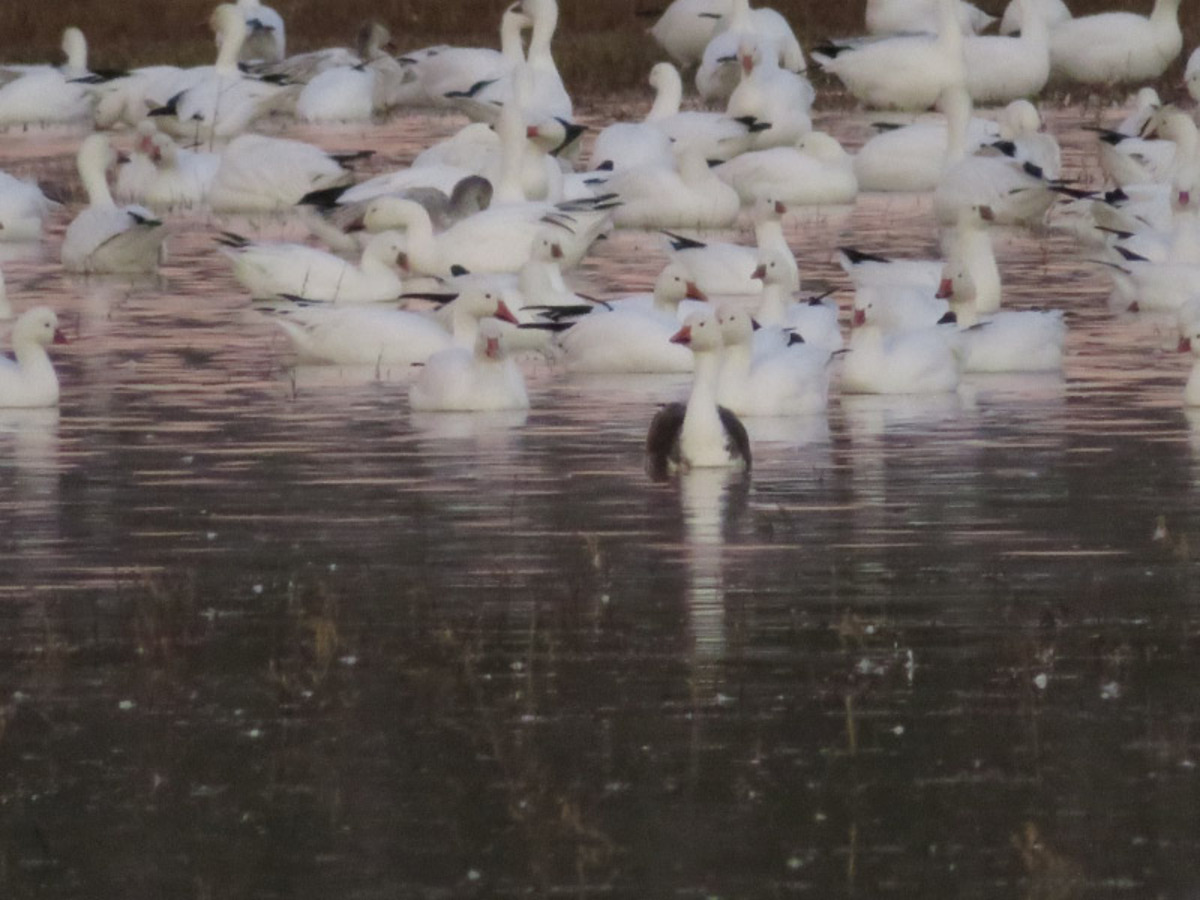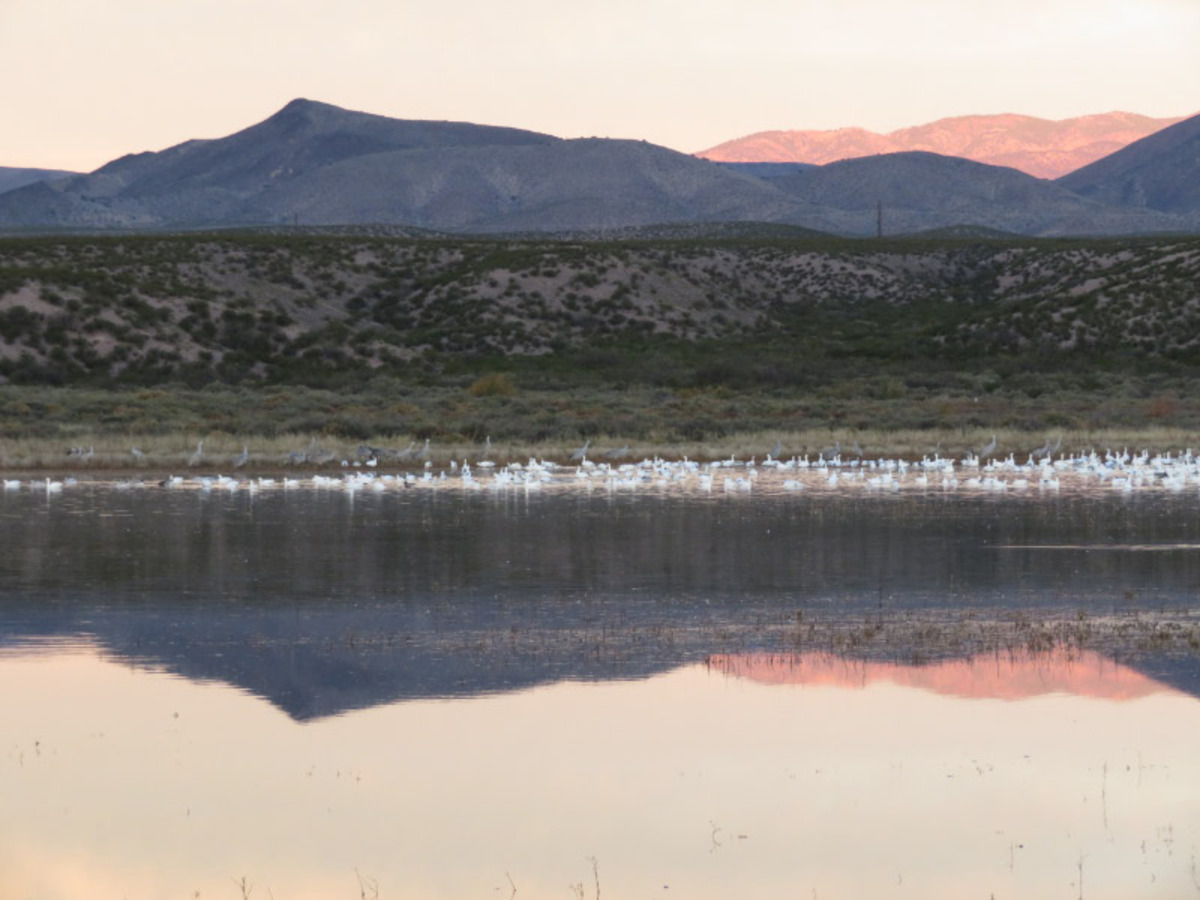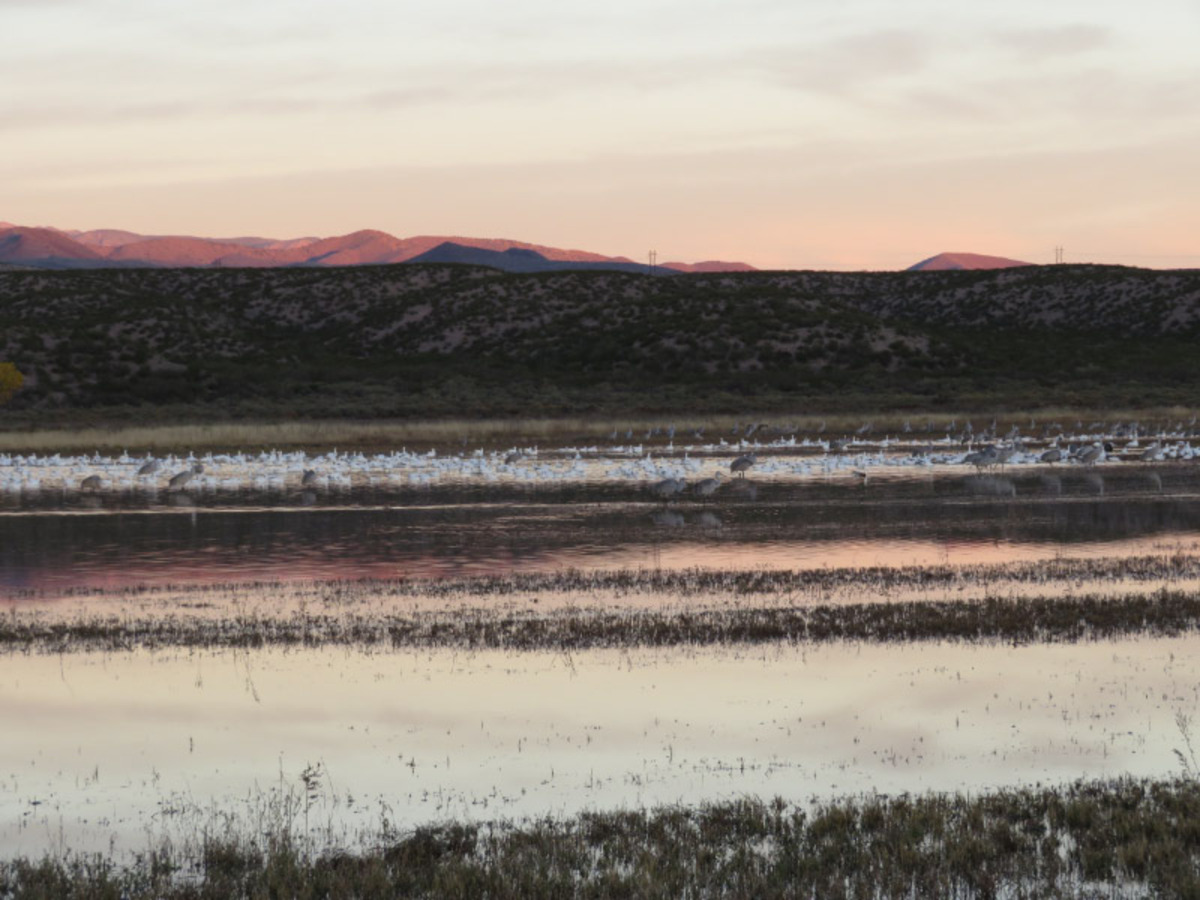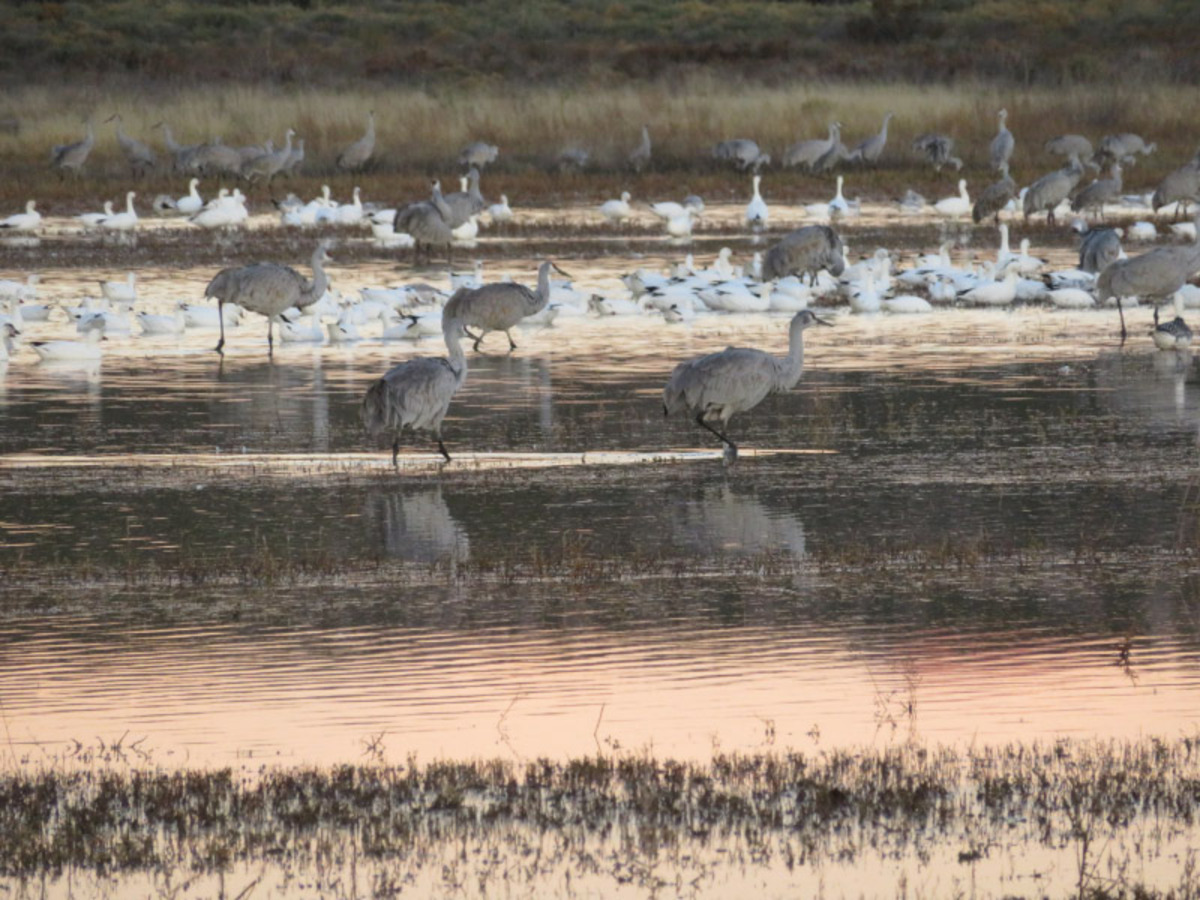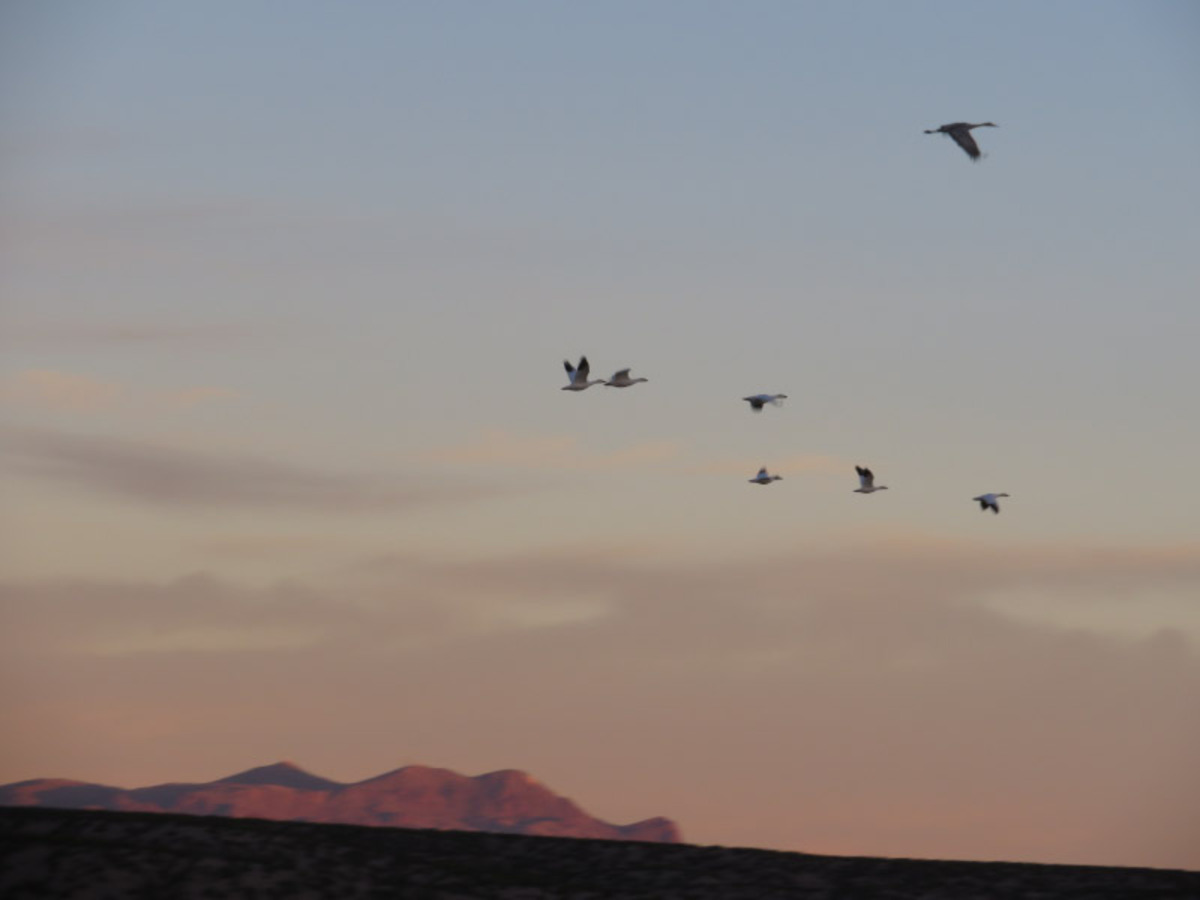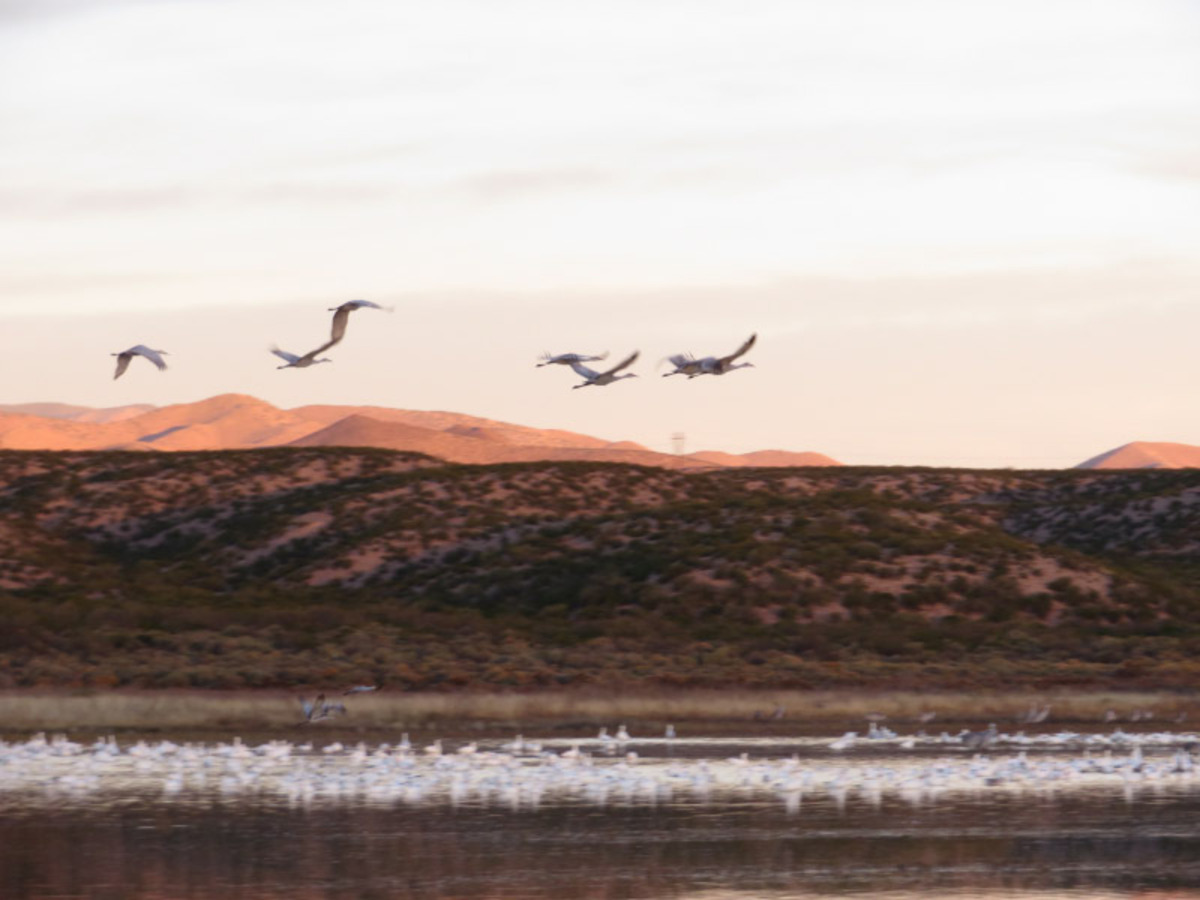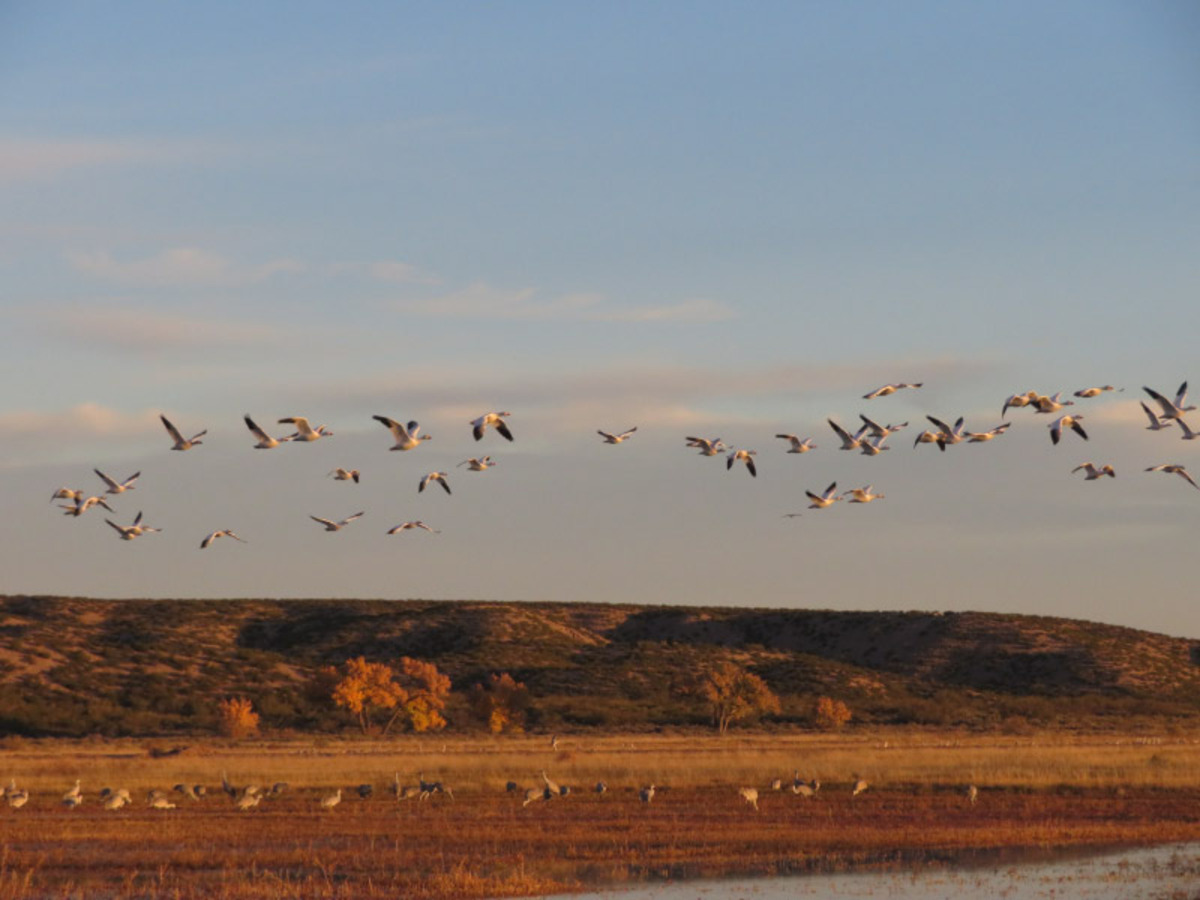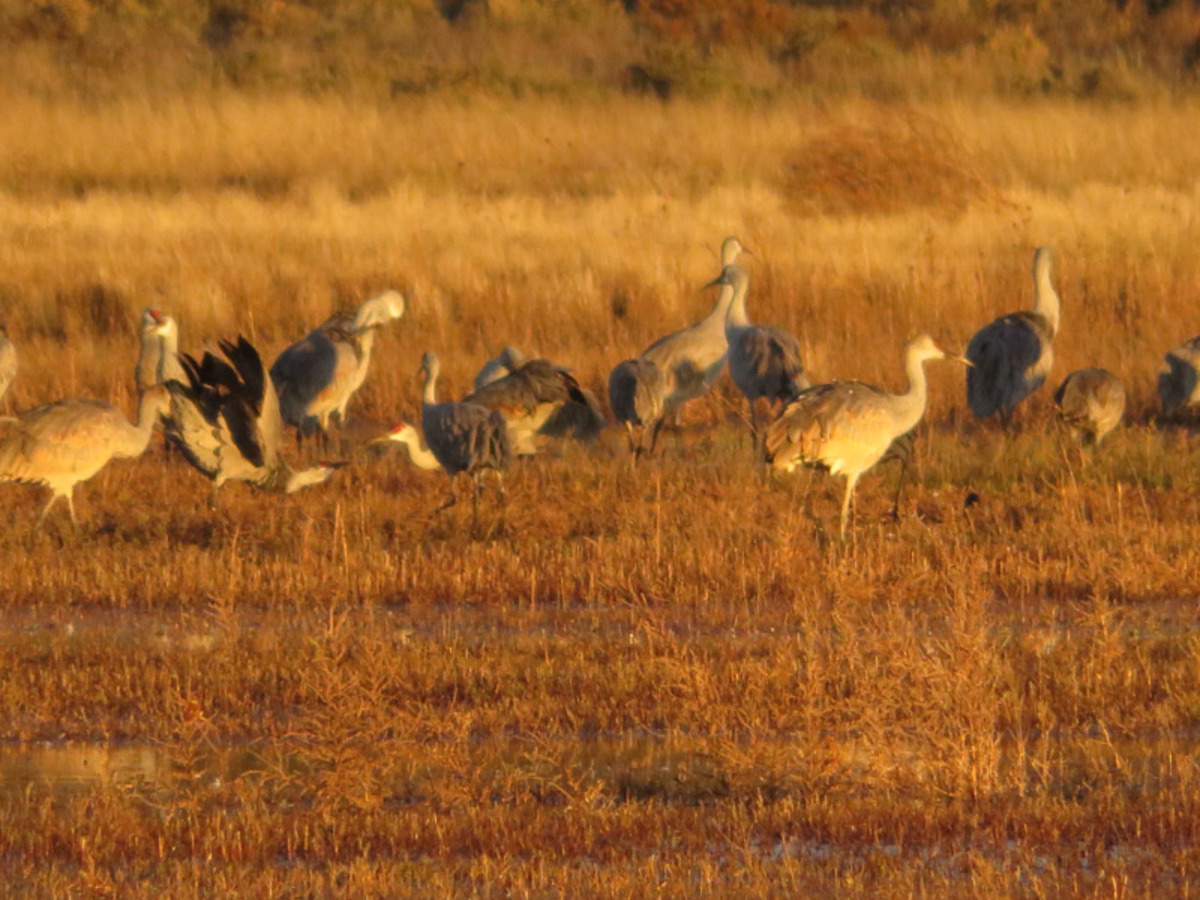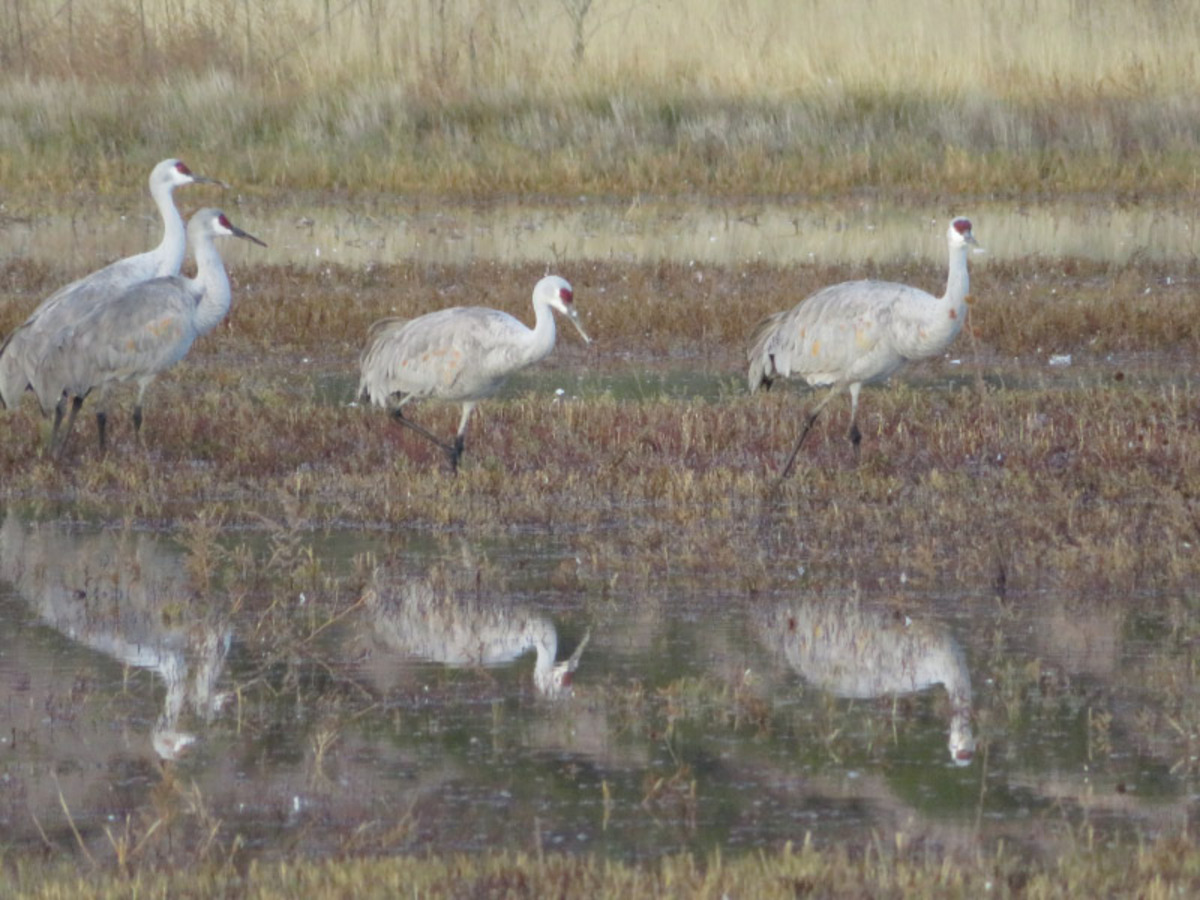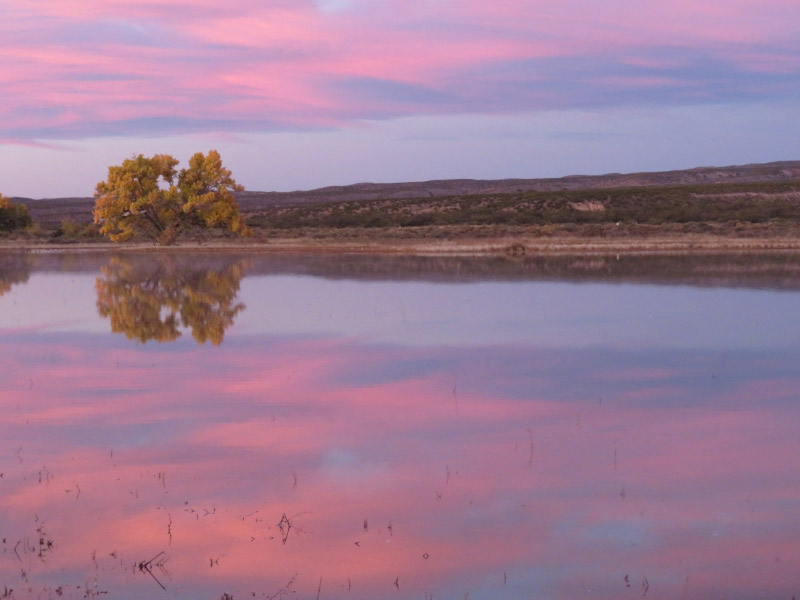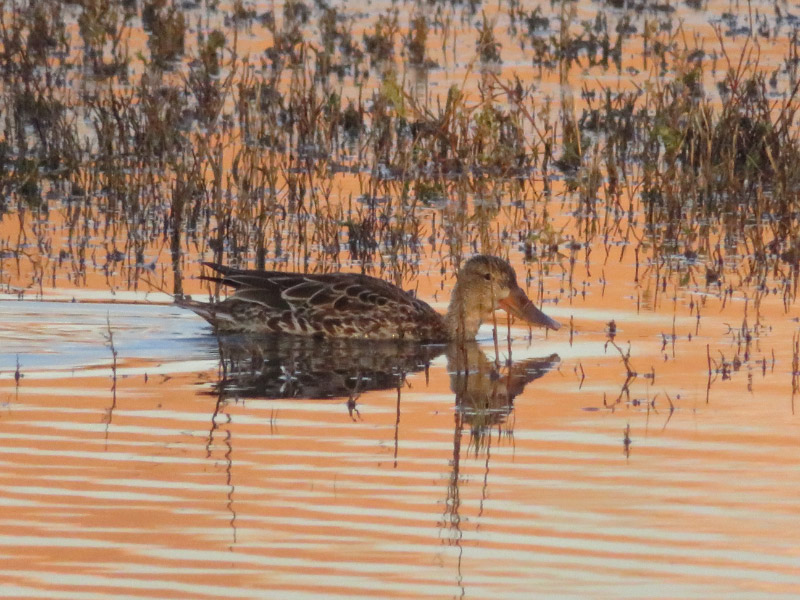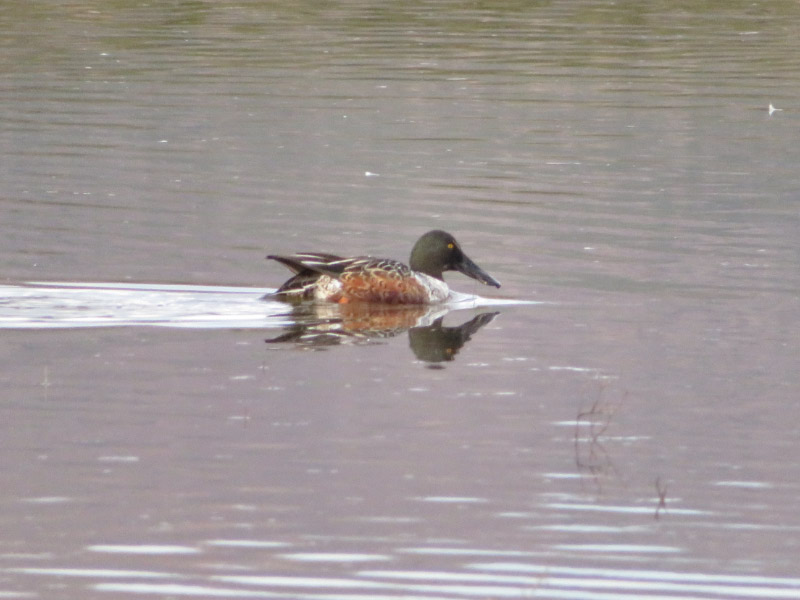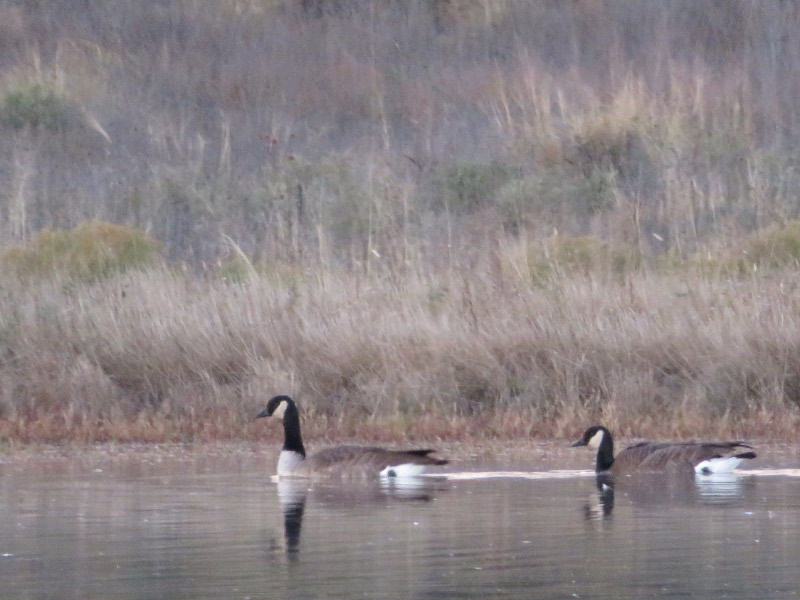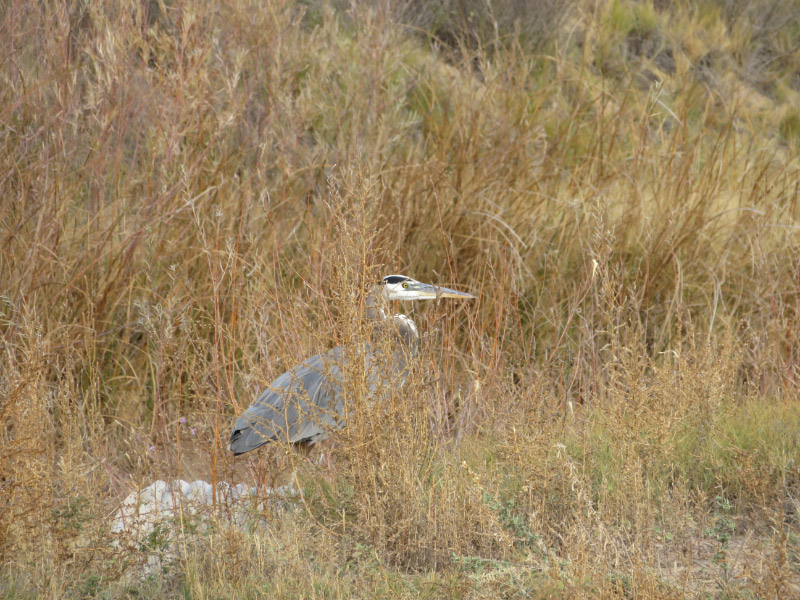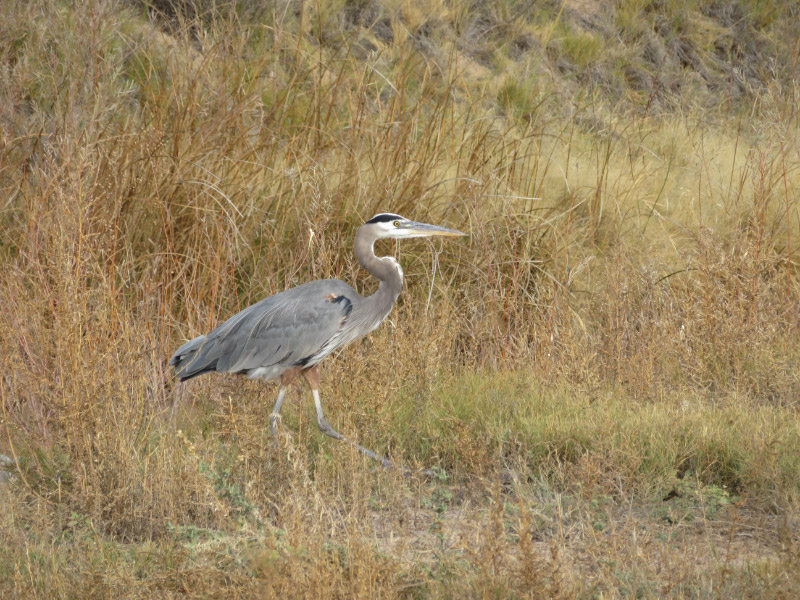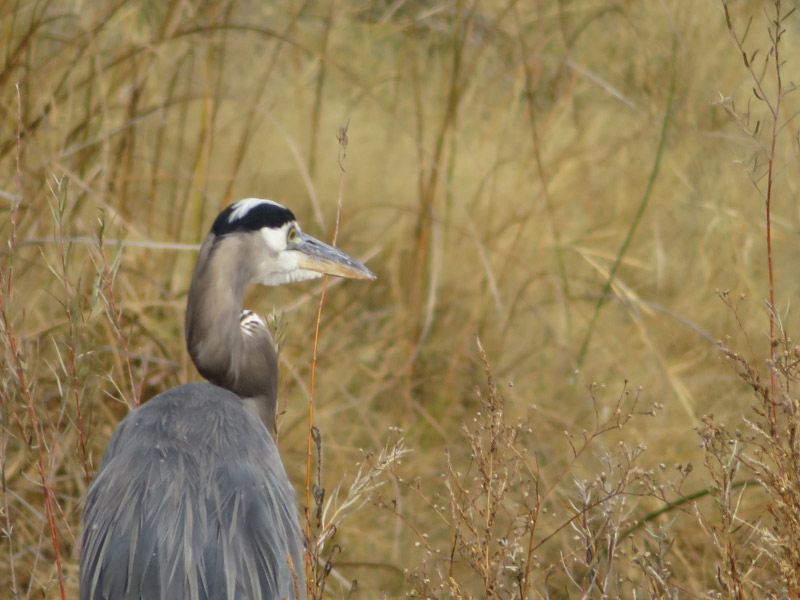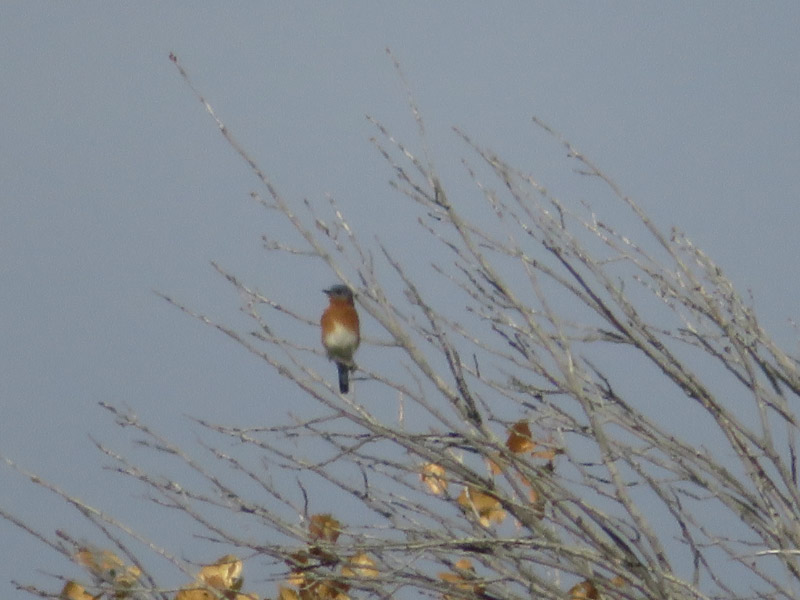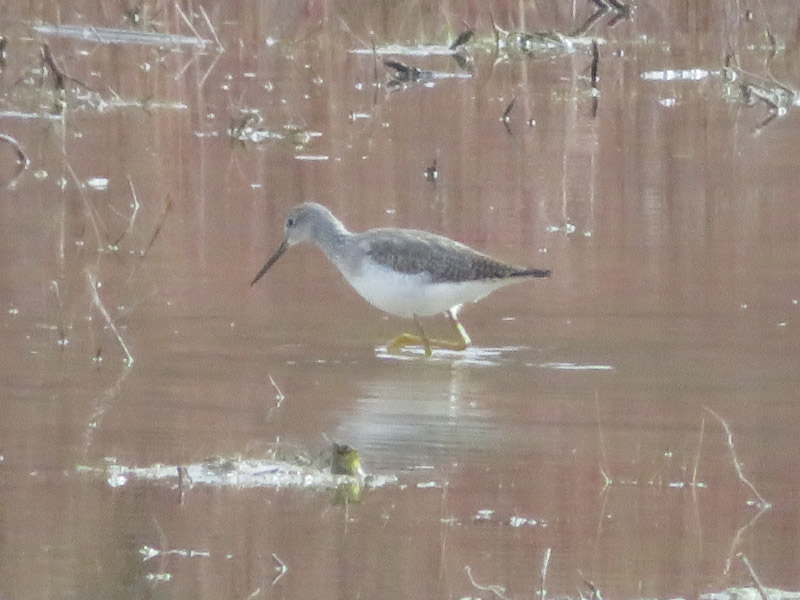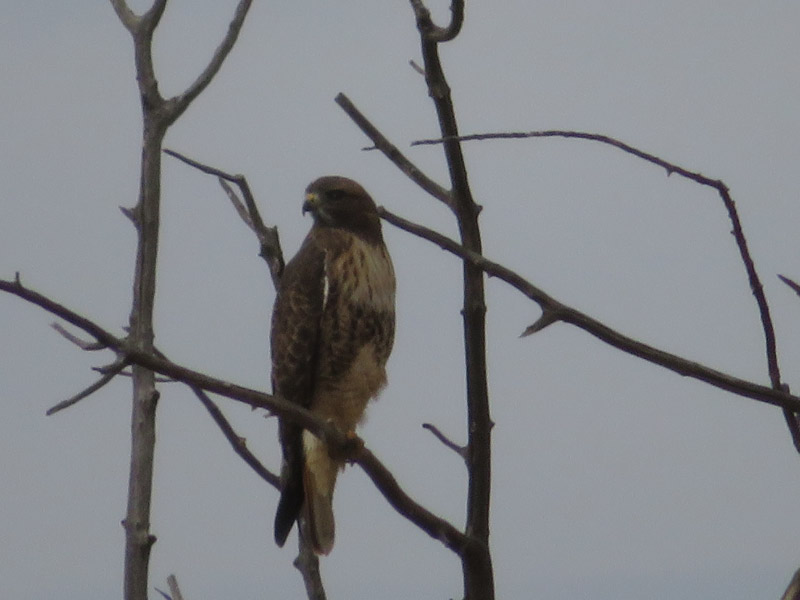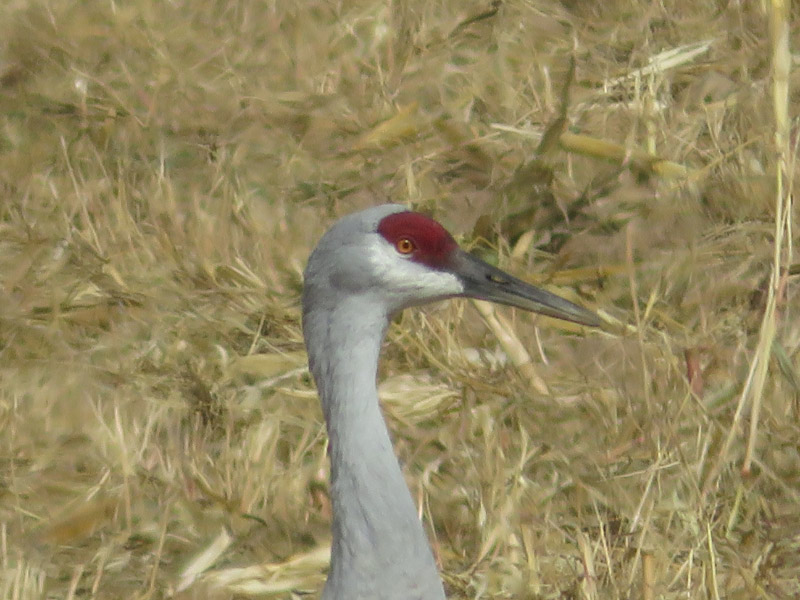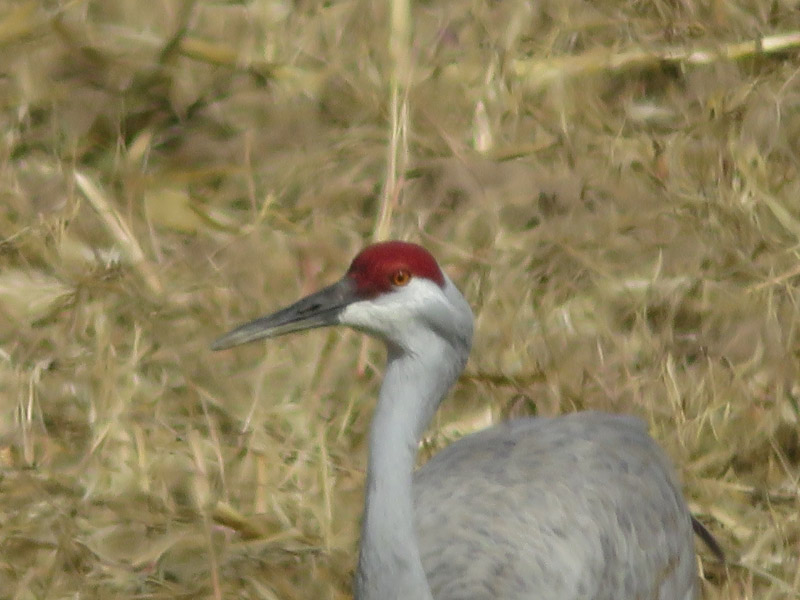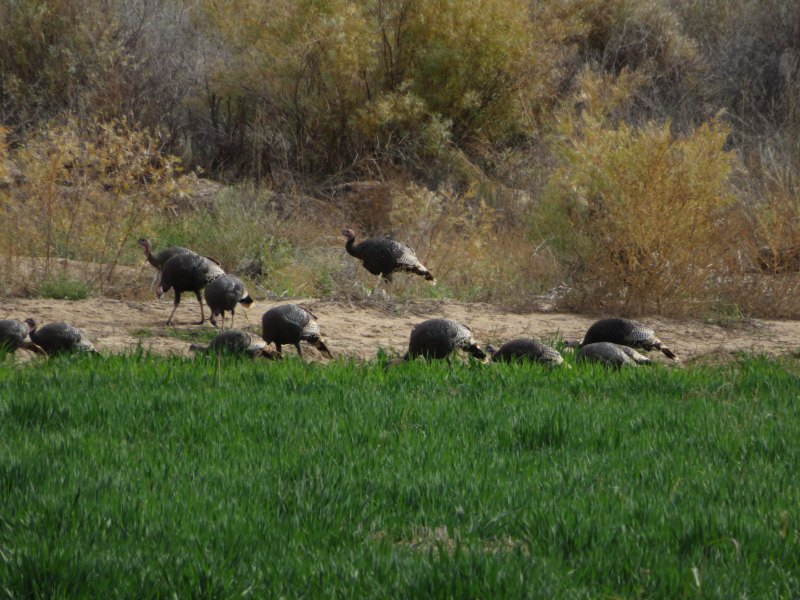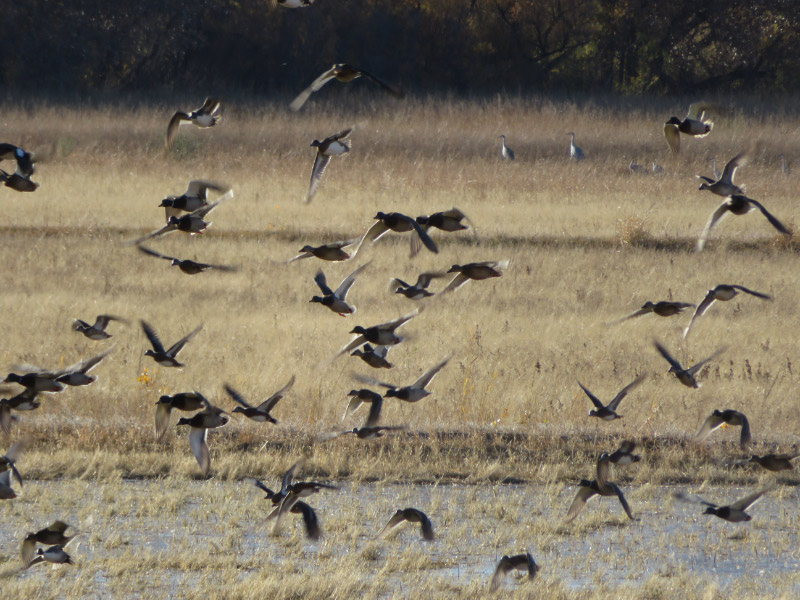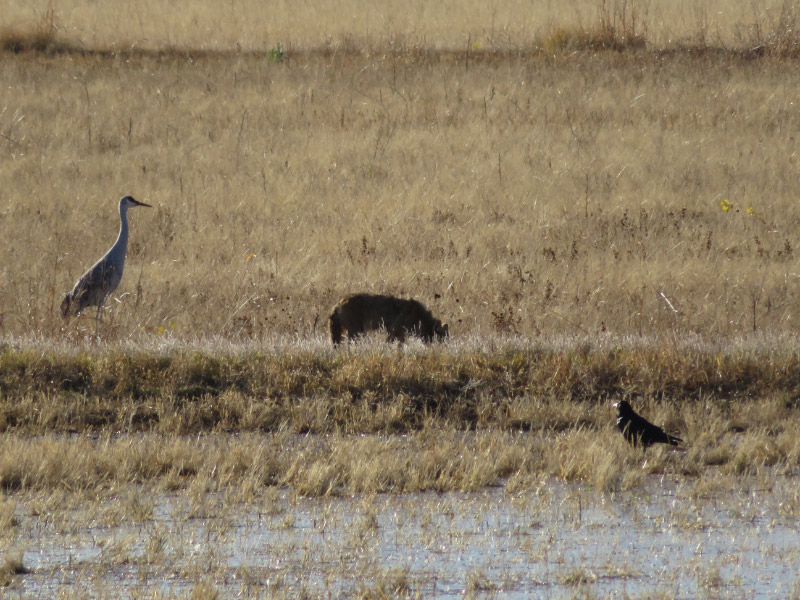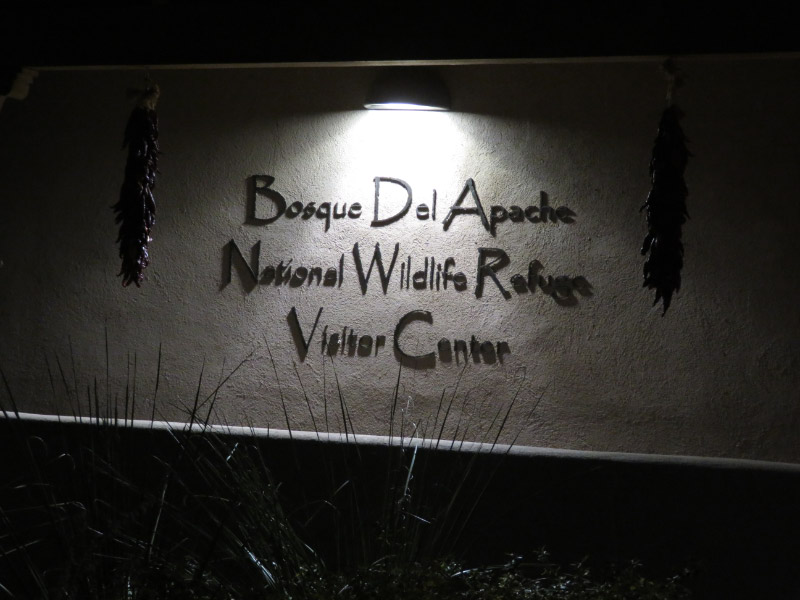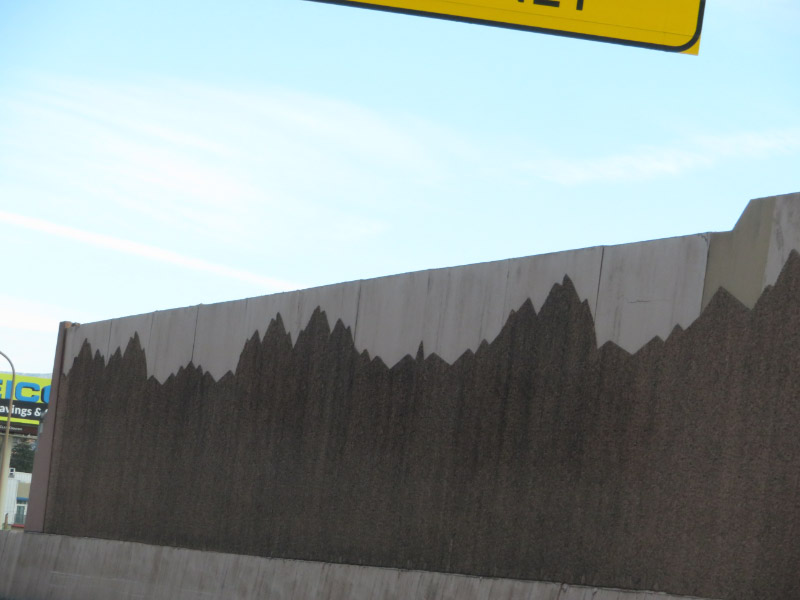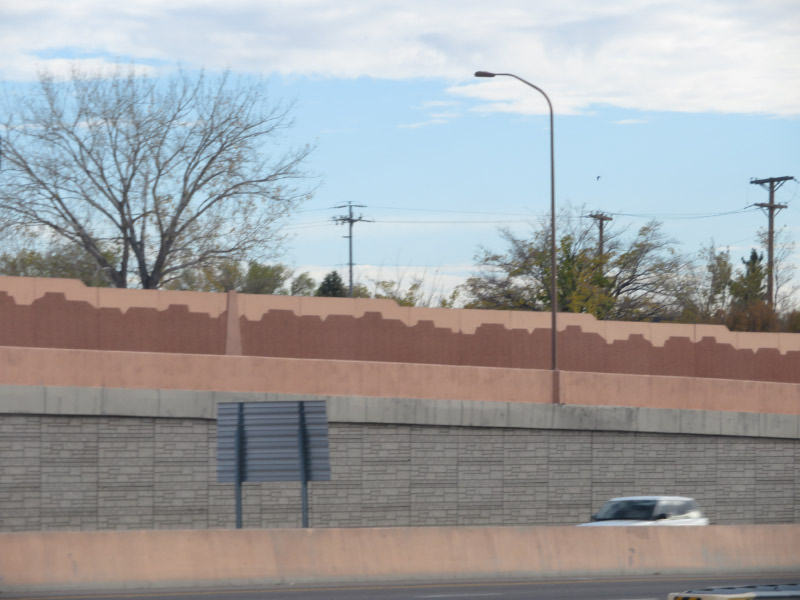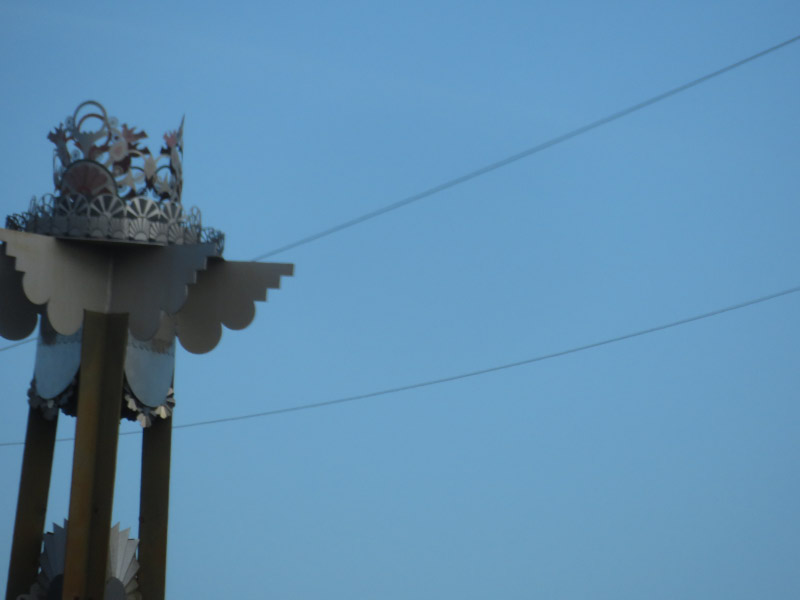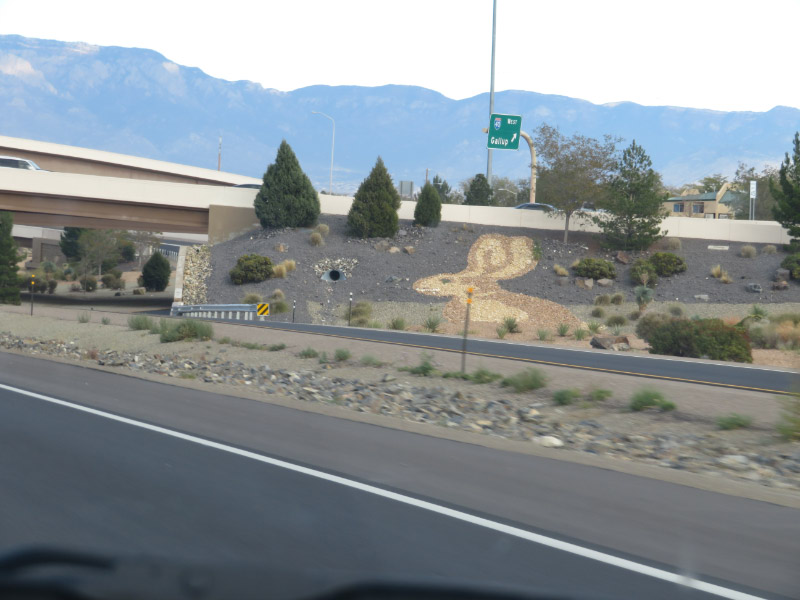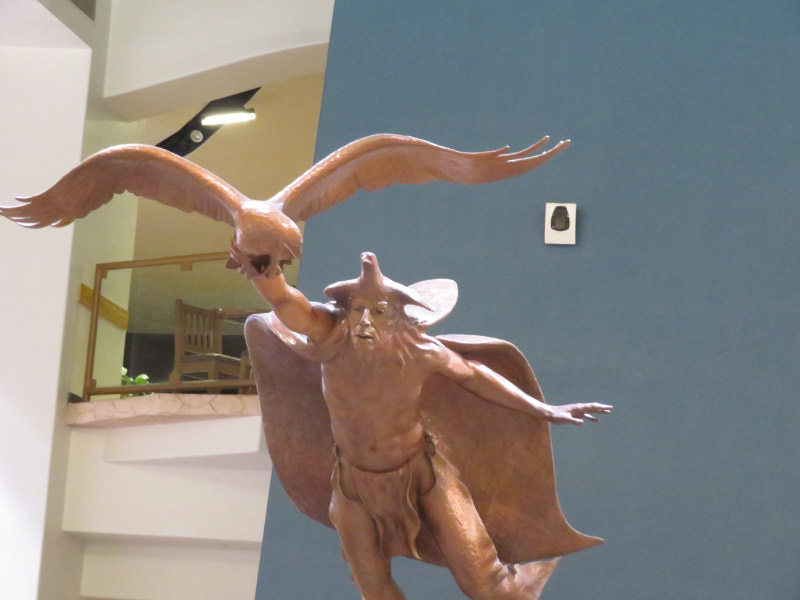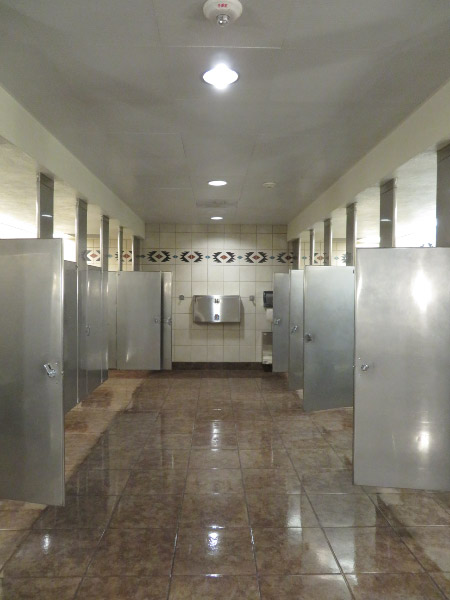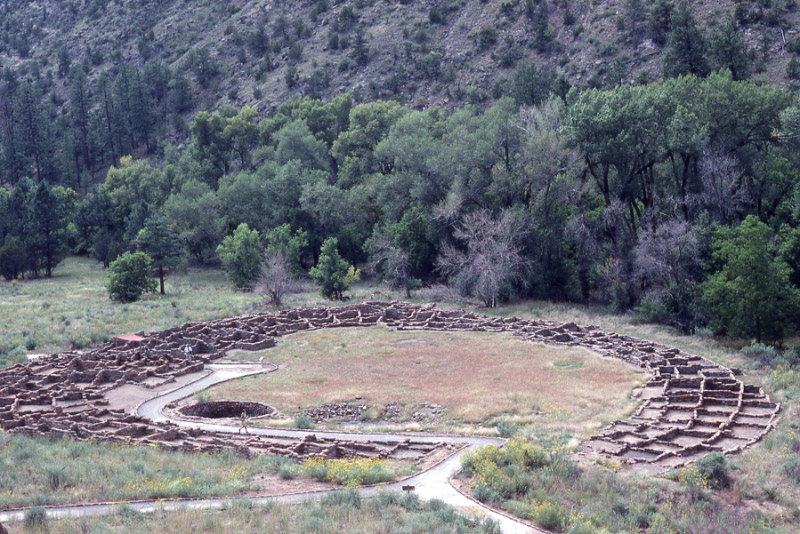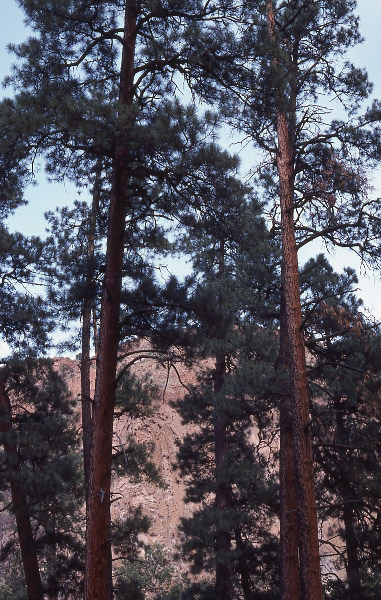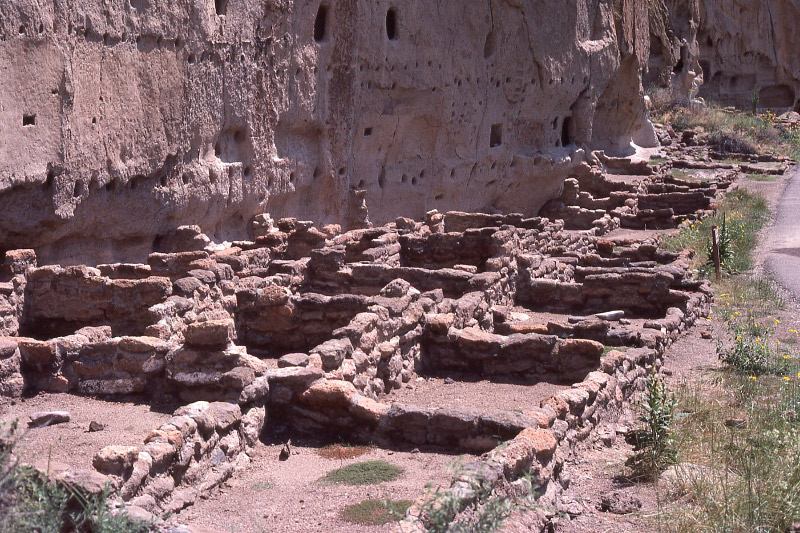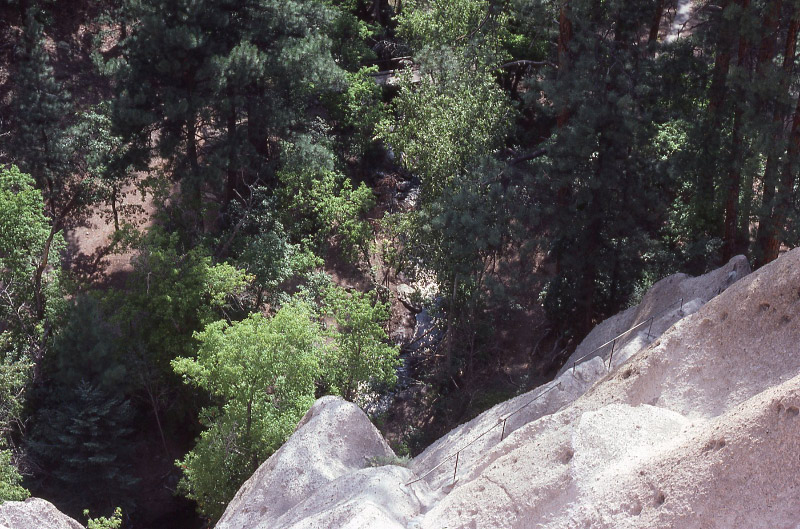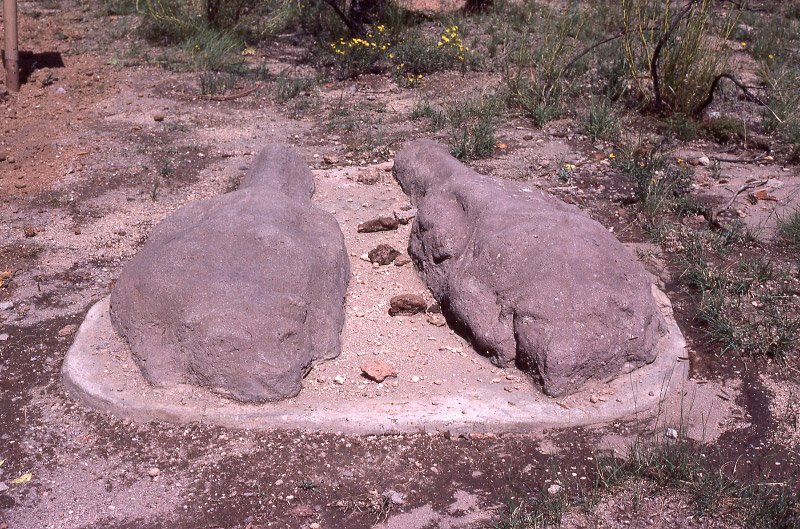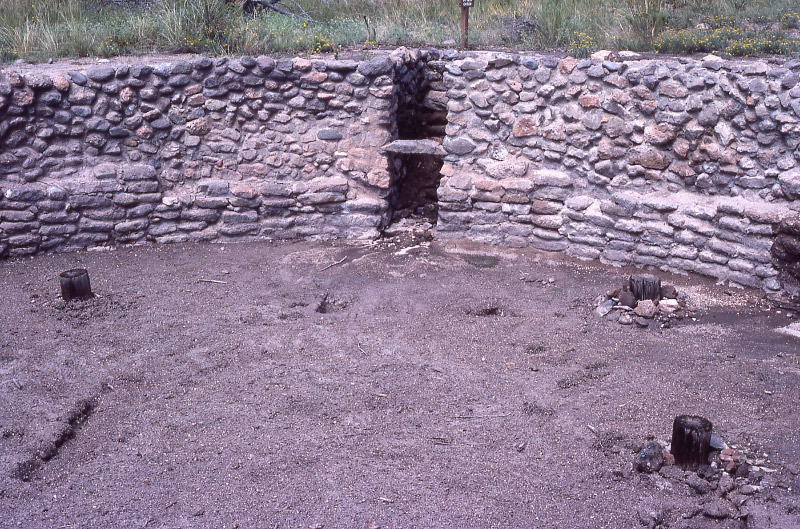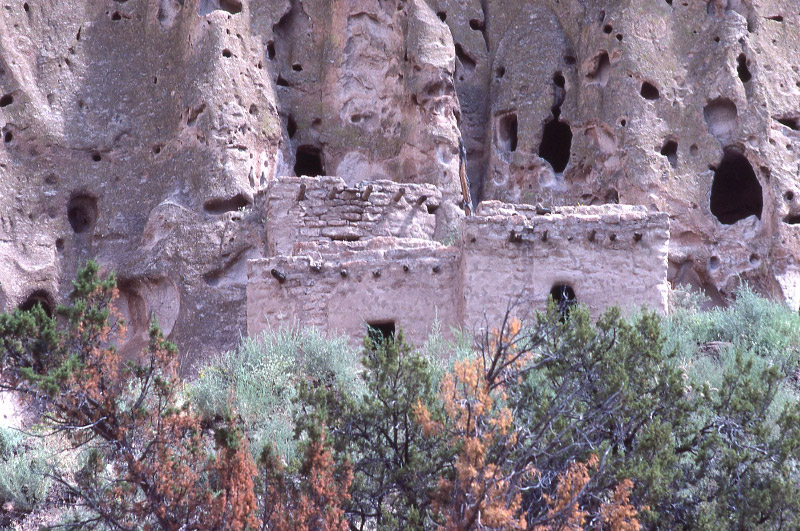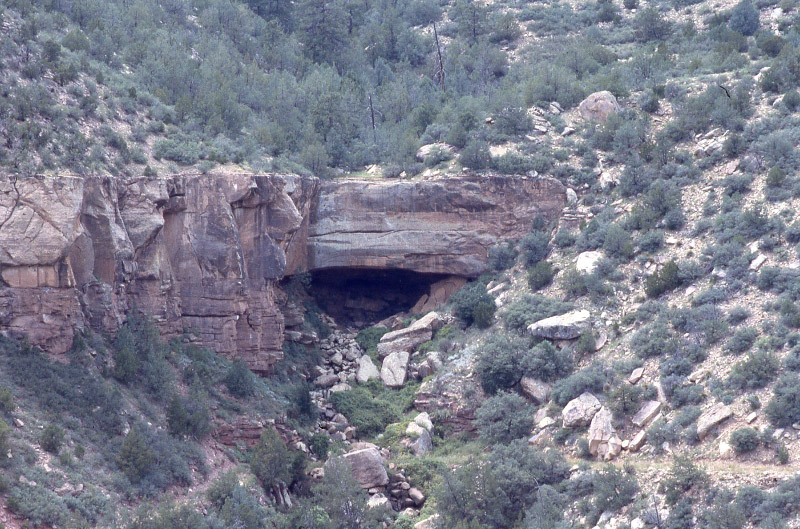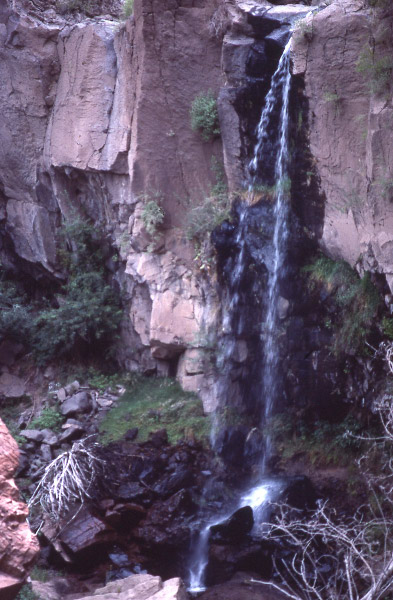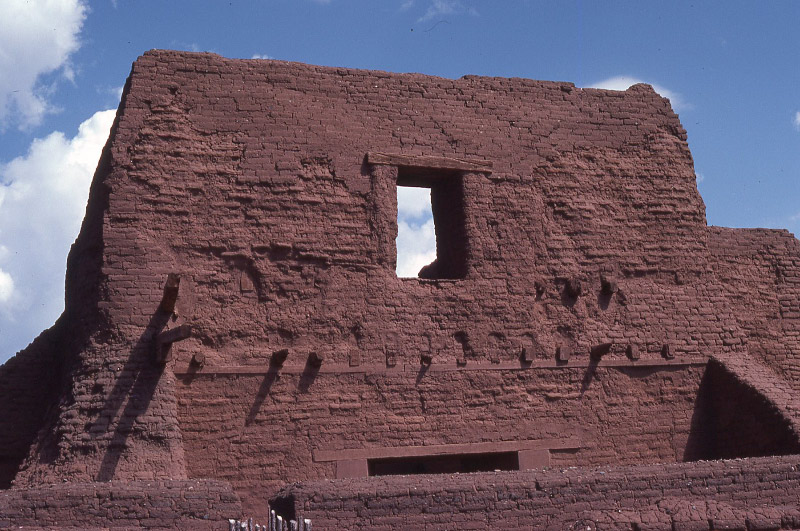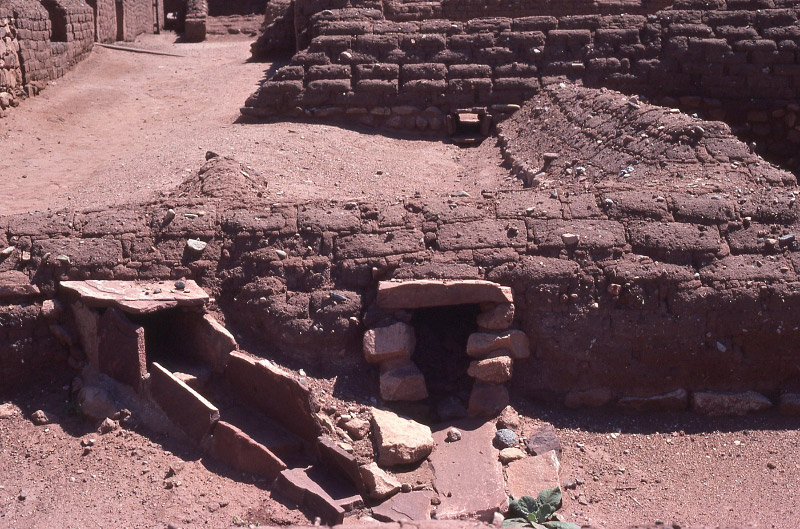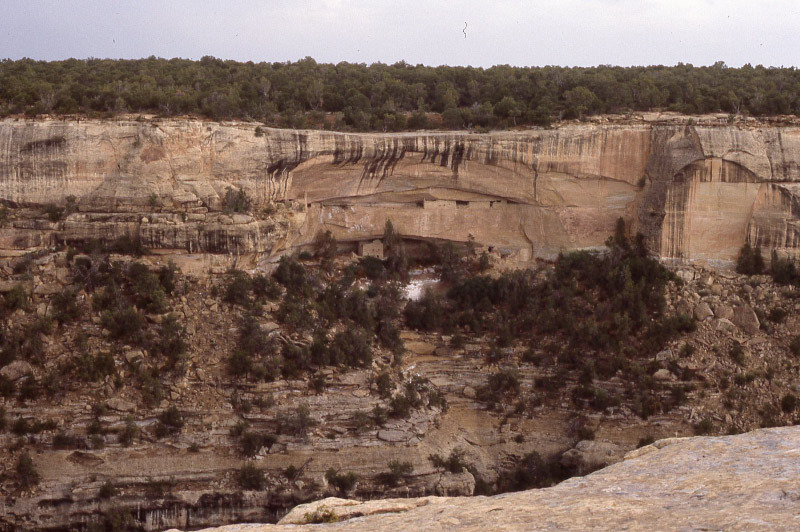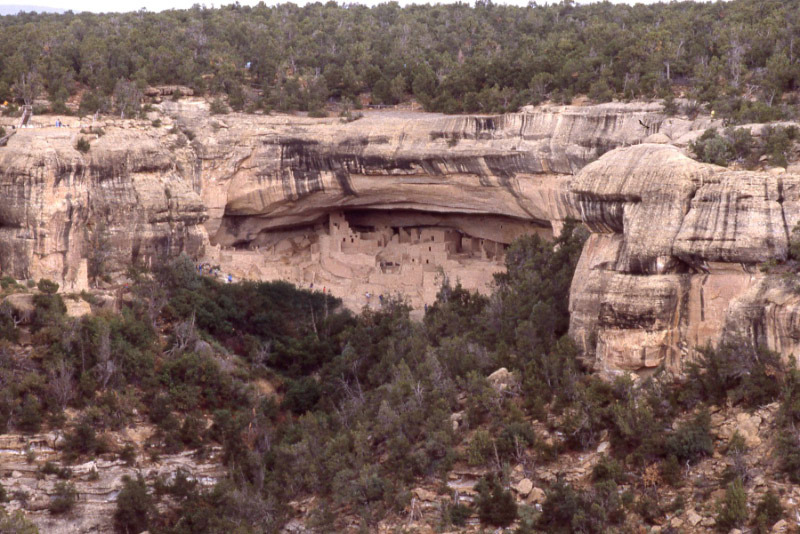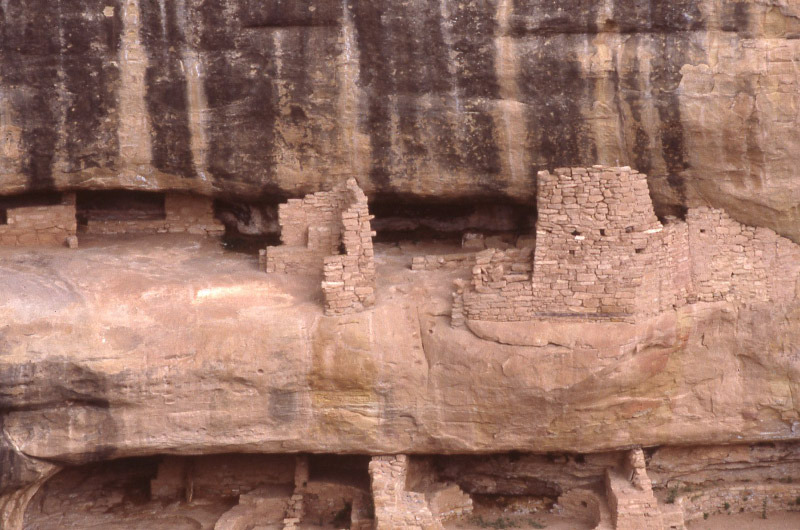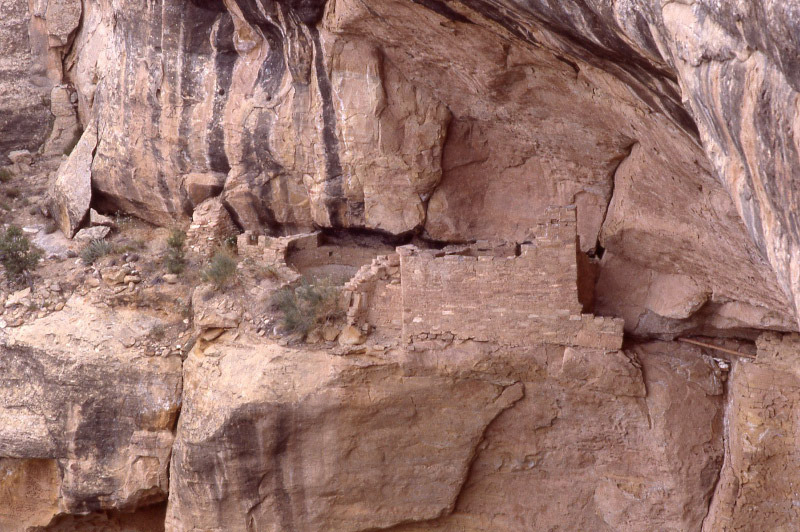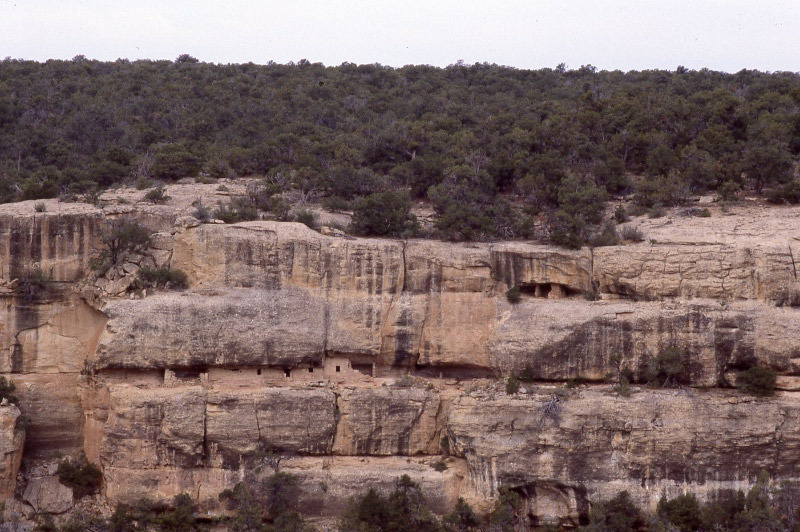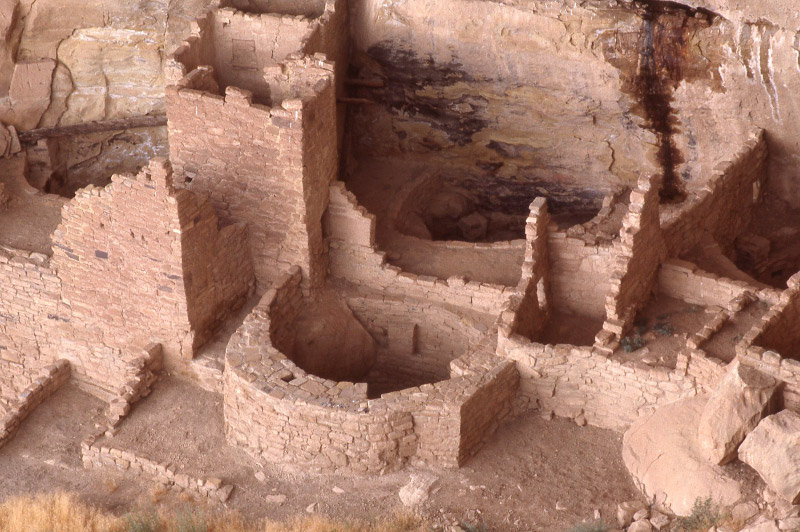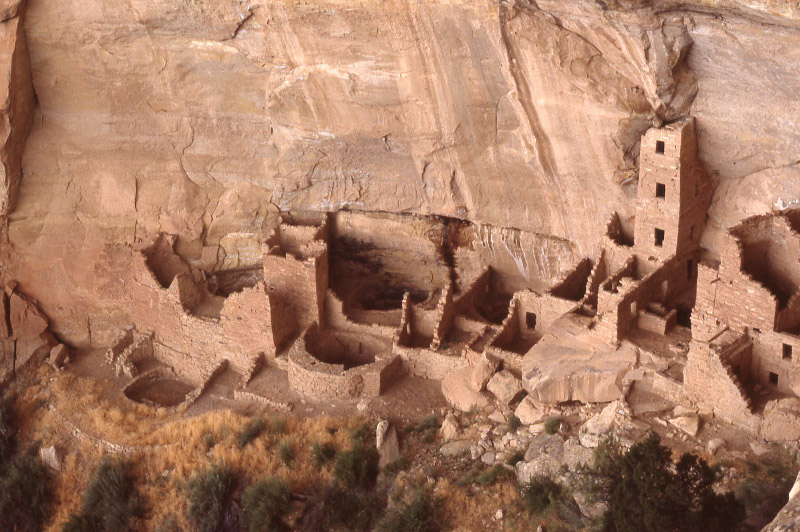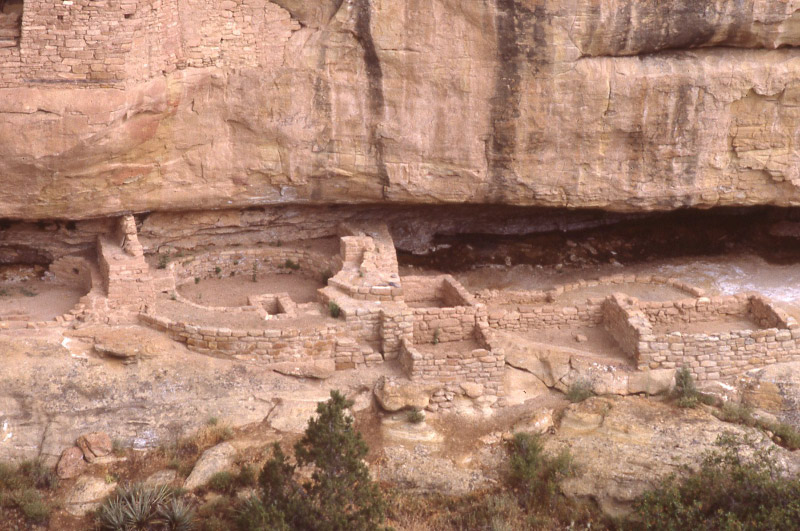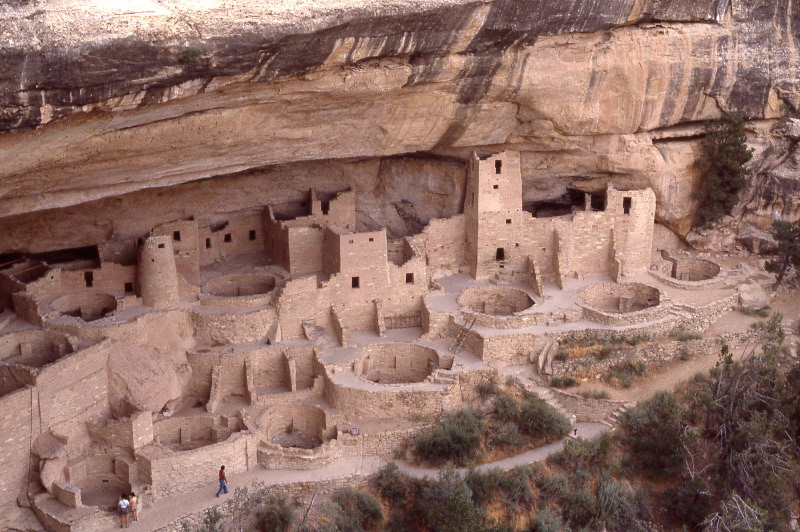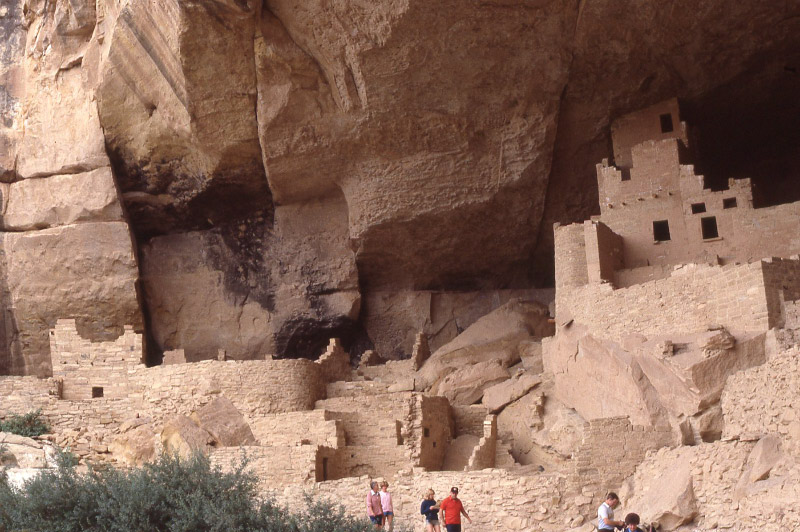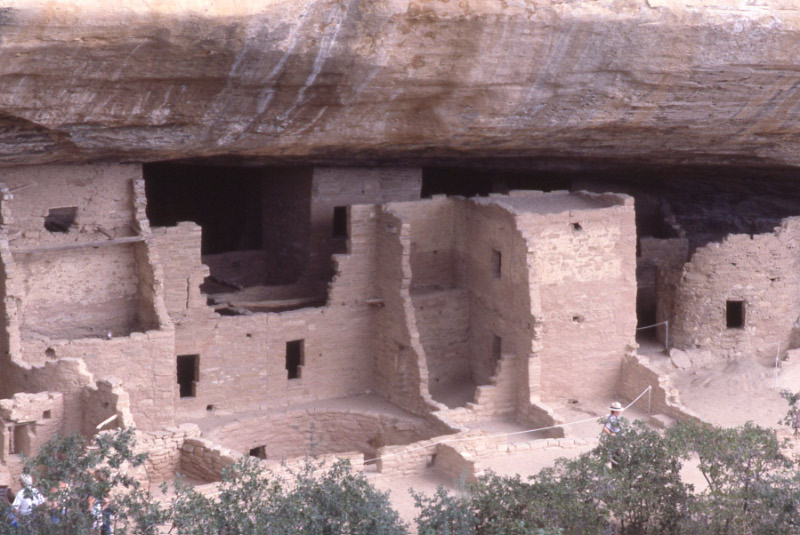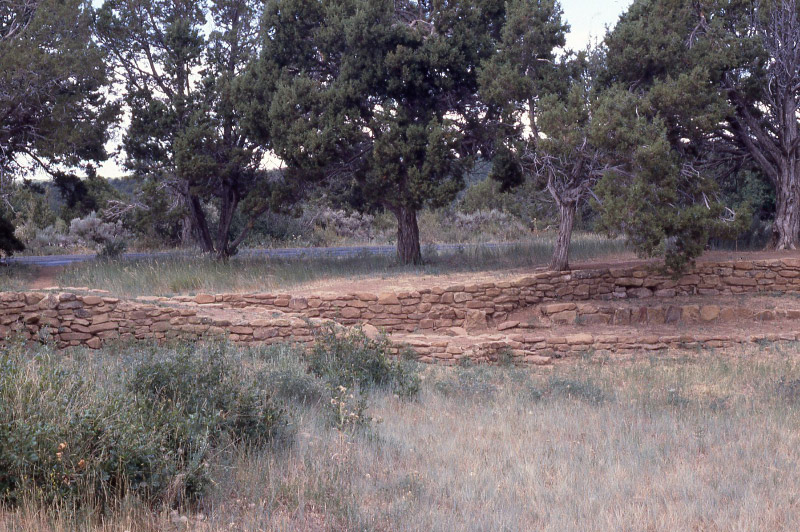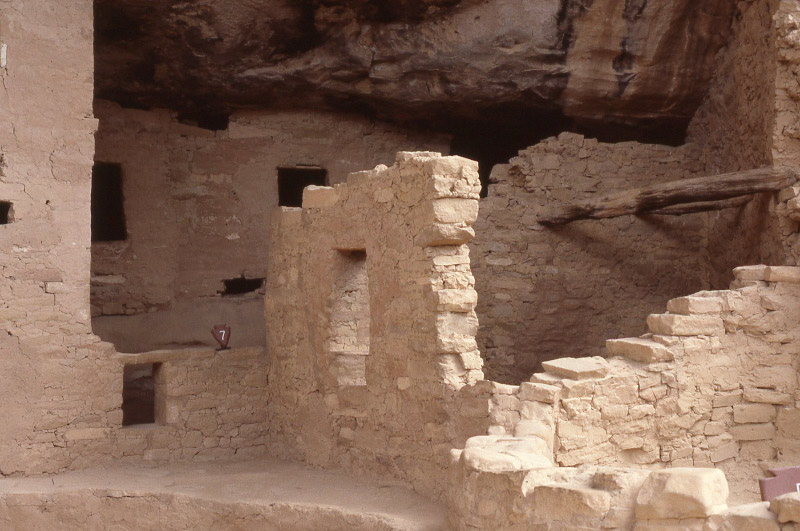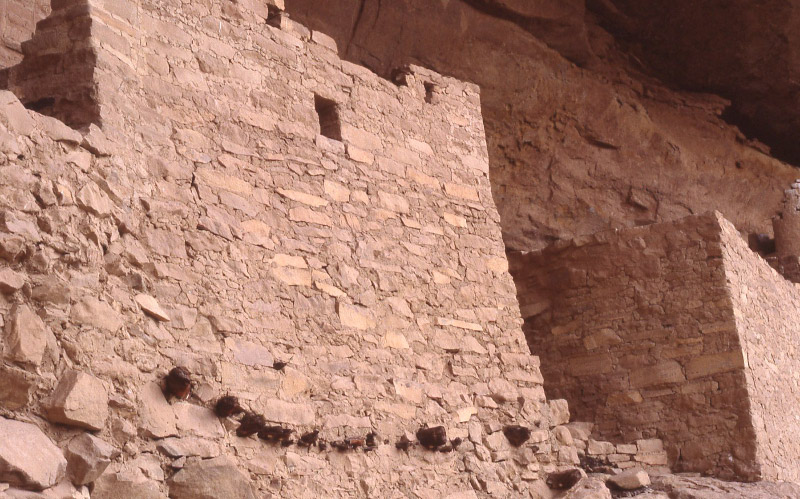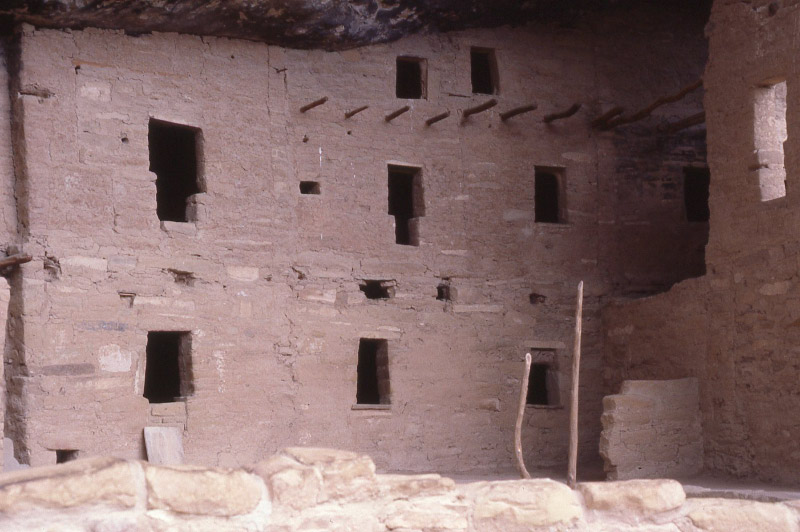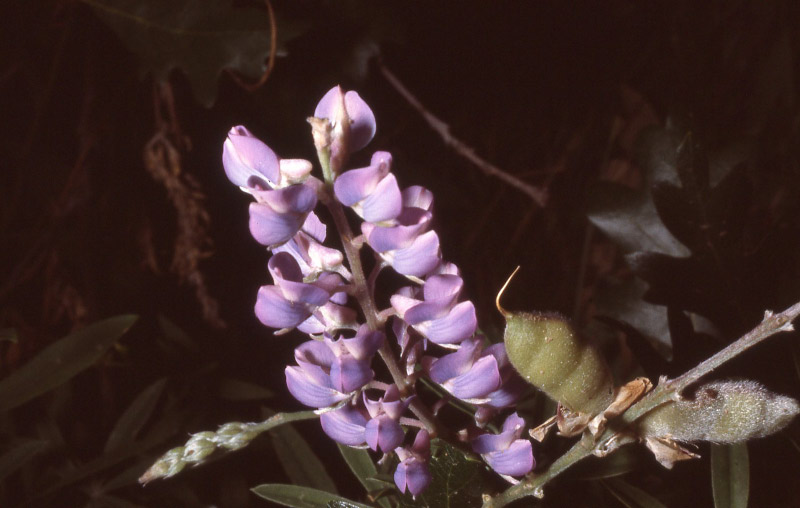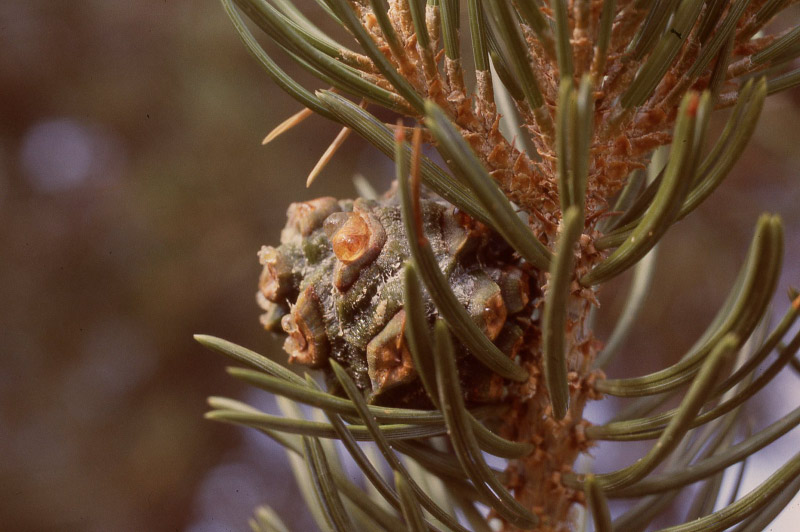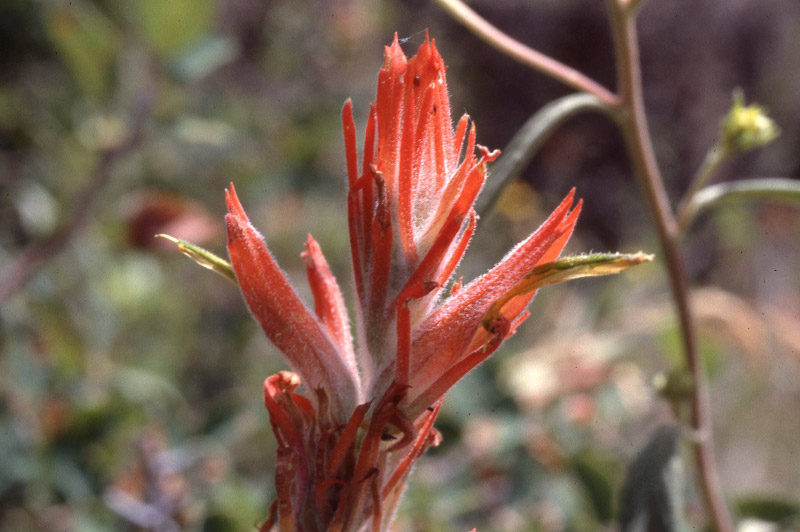So many little celebrations – it was hard to choose just 10!
There is always a lot of good food in November:
 Thanksgiving was celebrated with our tradition of brisket cooked in the crock pot…but I enjoyed two new sides even more: a slaw made with Napa Cabbage, beet noodles and crystalized ginger (homemade cranberry relish and olive oil dressing) and butternut squash mousse (following the recipe for pumpkin mousse found here – sort of…I substituted unsweetened coconut for the banana).
Thanksgiving was celebrated with our tradition of brisket cooked in the crock pot…but I enjoyed two new sides even more: a slaw made with Napa Cabbage, beet noodles and crystalized ginger (homemade cranberry relish and olive oil dressing) and butternut squash mousse (following the recipe for pumpkin mousse found here – sort of…I substituted unsweetened coconut for the banana).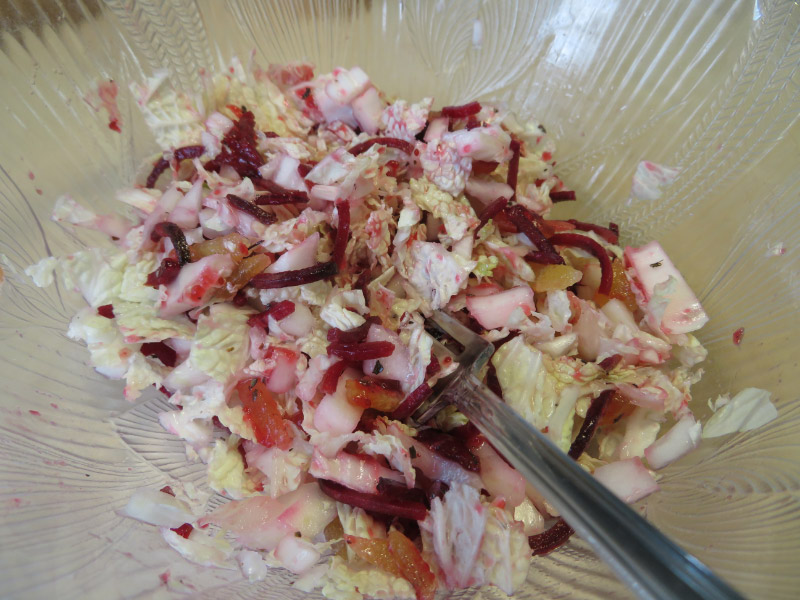
Graham crackers have become my ‘comfort food’ for my afternoon snack or in the evening. I like the ‘originals’ the best and celebrate that they are still available!
Pomegranates are in season. They are so beautiful and their season meshes very well with Thanksgiving and Christmas. They have become part of my tradition in those big celebrations.
Being home again after travelling was worth celebrating too:
A red-tailed hawk visited our backyard after we returned from New Mexico and I managed to get a picture when the bird sat for a bit in our tulip poplar tree. I celebrated my new camera’s ability to get the picture…and that the bird was around. But I don’t want it to stay around all the time because I like the little birds that come to the bird bath and the feeder!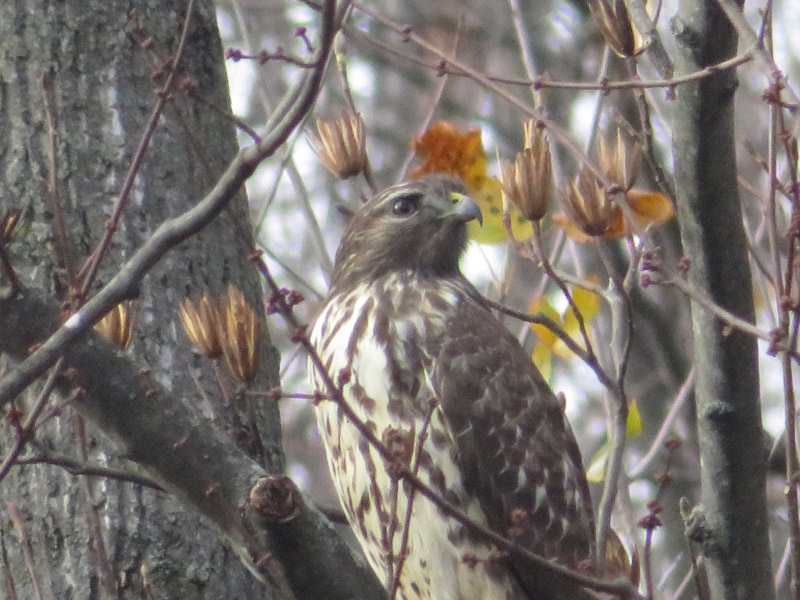
The Modern World, Part Two is the Coursera course I am viewing this month. I’d taken Part I way back in 2013! I celebrated when I found this one in the Coursera catalog because I’ve always thought my basic knowledge of history since 1900s was patchy.
The trip to New Mexico had so many celebrations…but I managed to pick just 5:
Birds that I had not seen (or maybe had not noticed) before worth celebration: Grebes and Brewers Blackbirds and Pyrrhuloxia to name a few. I should count each new (to me) bird is a little celebration all by itself!
Sandhill Cranes silhouetted by the sunrise…the image, the luck to catch it, just being at Bosque del Apache.
Wild Turkeys in action. Turkey being stately is one think…turkey running down the road to catch up with their cohort…I celebrated their quick analysis of their situation and seeing them move in hurry!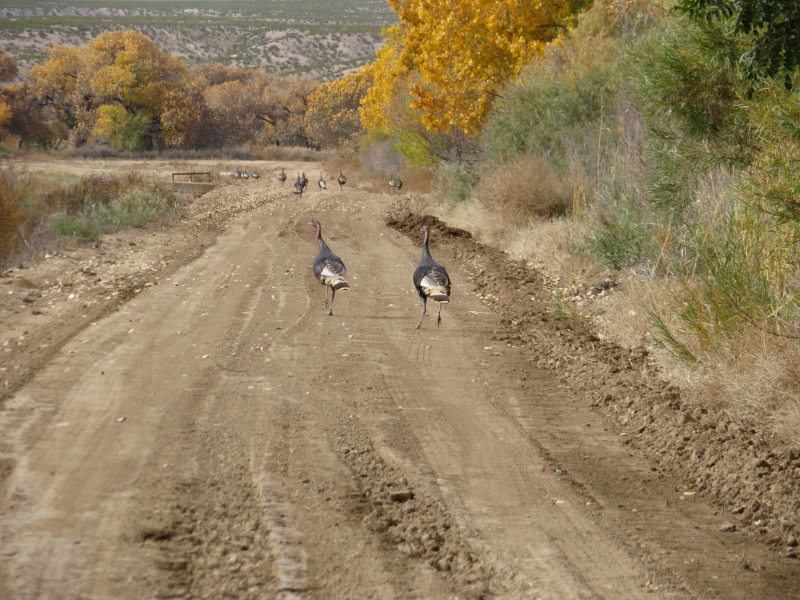
Macro Photography of Cactus. I haven’t gotten around to posting the pictures yet…but I celebrated how well my camera worked in the small botanical garden at Bosque del Apache.
Petroglyph National Monument. I had read a book before I left for New Mexico about petroglyphs in the southwest and celebrated being the place (near Albuquerque) to see some. They’ll be a topic of an upcoming post as well.
